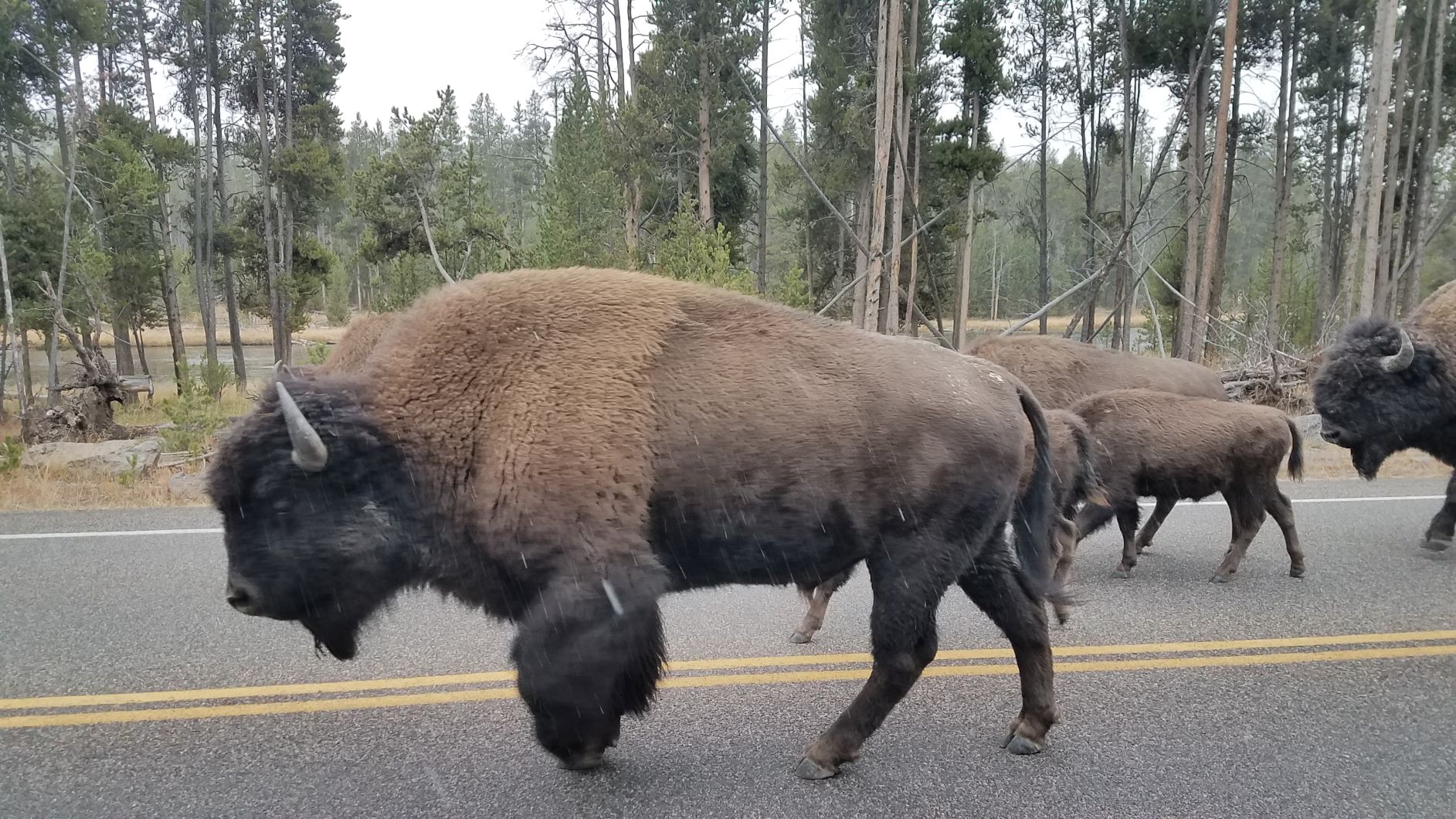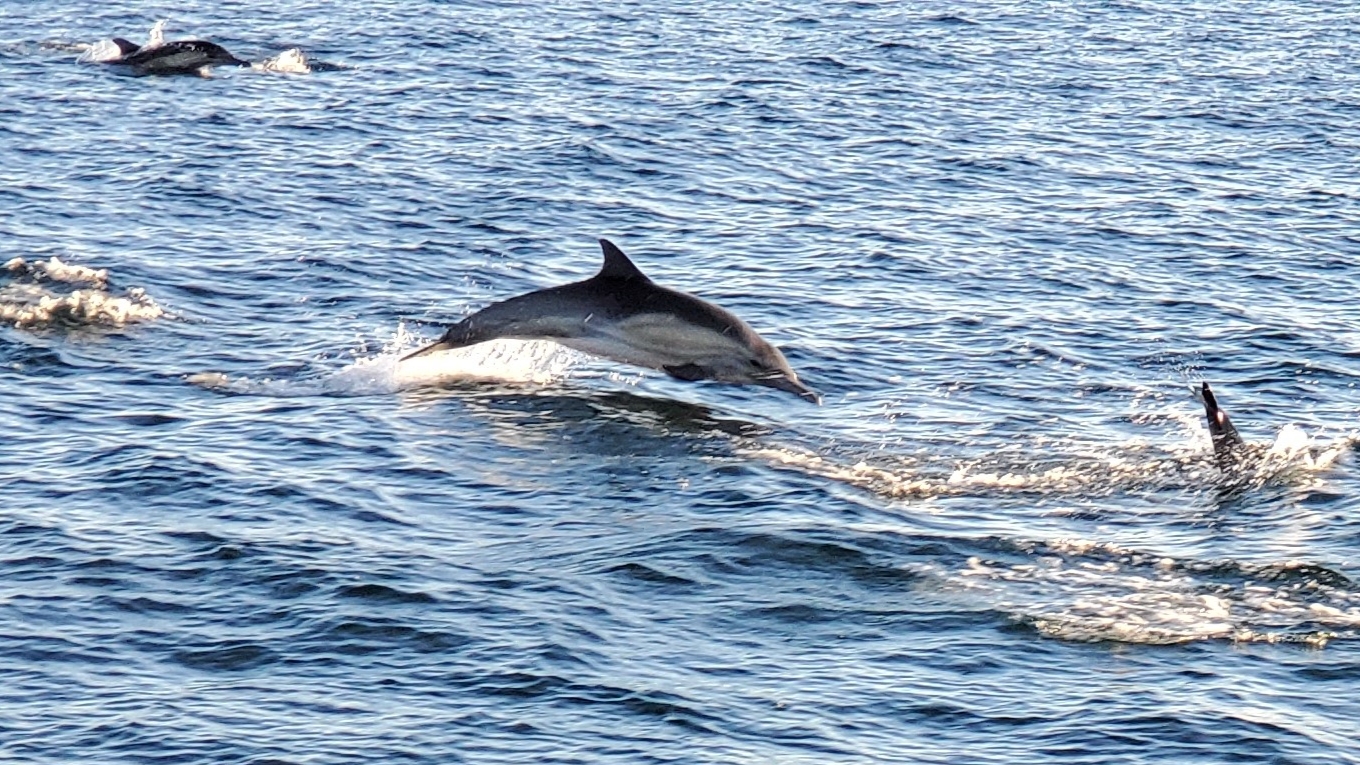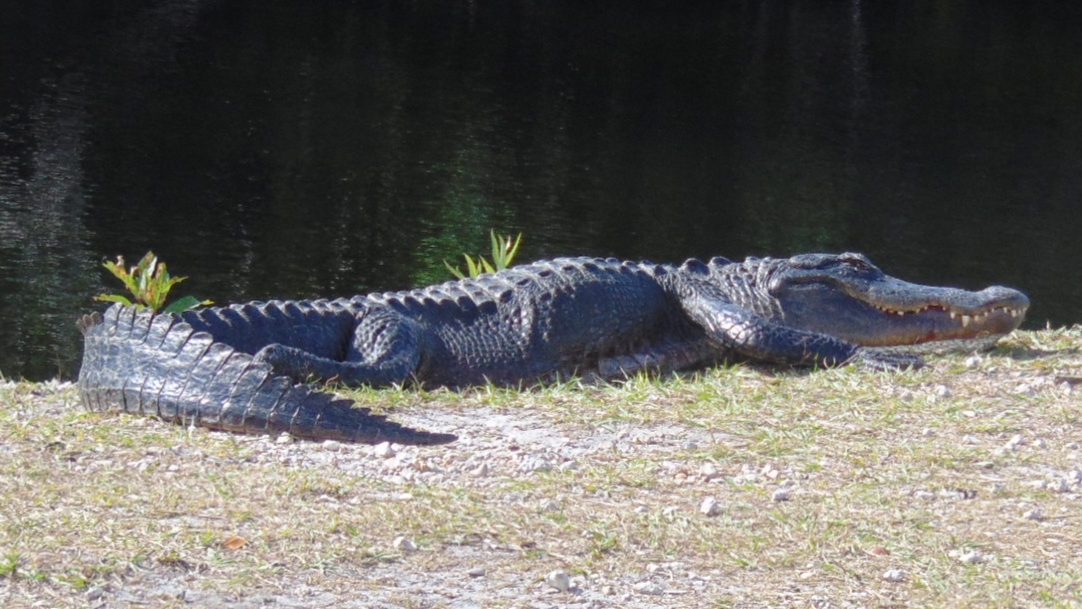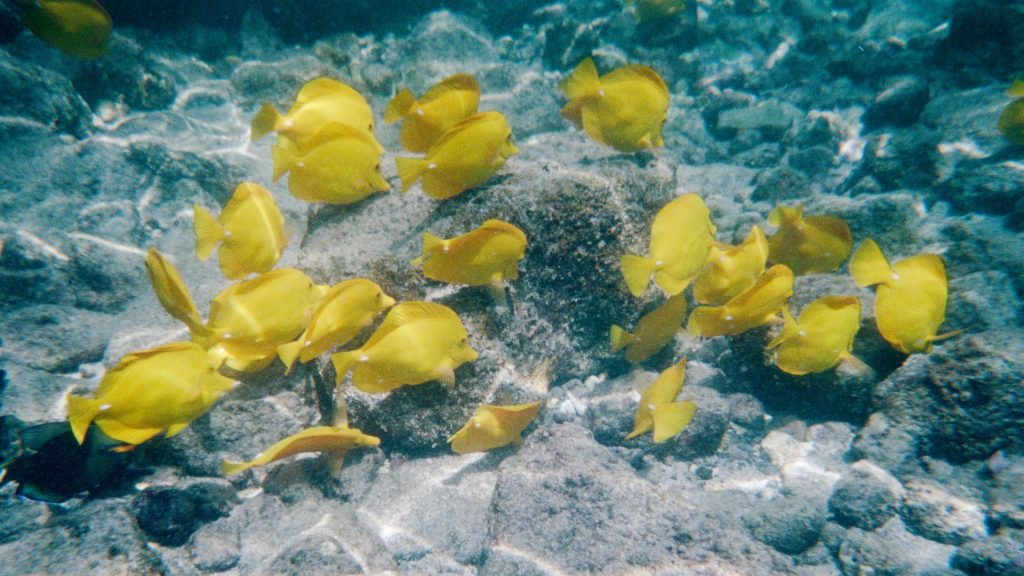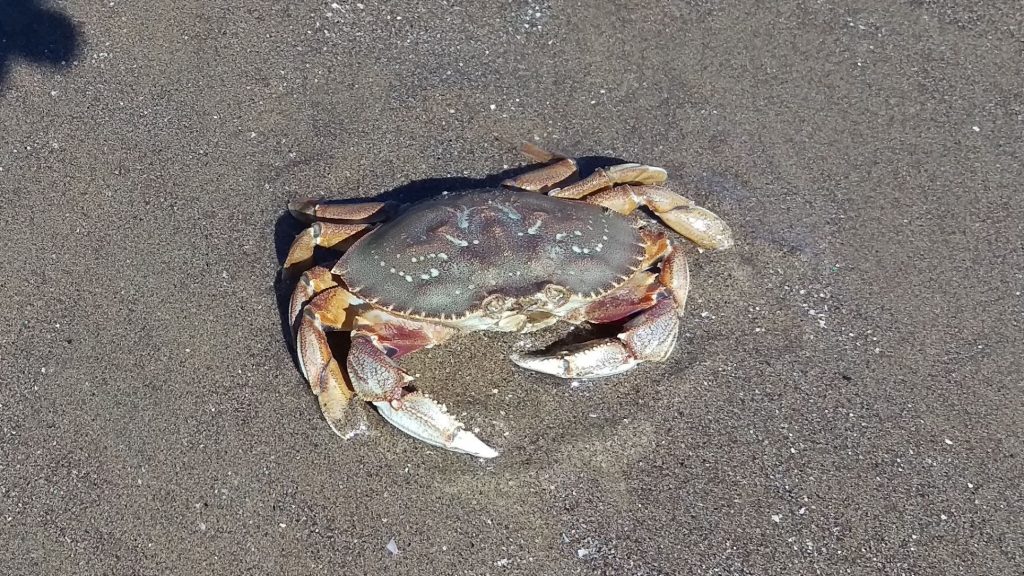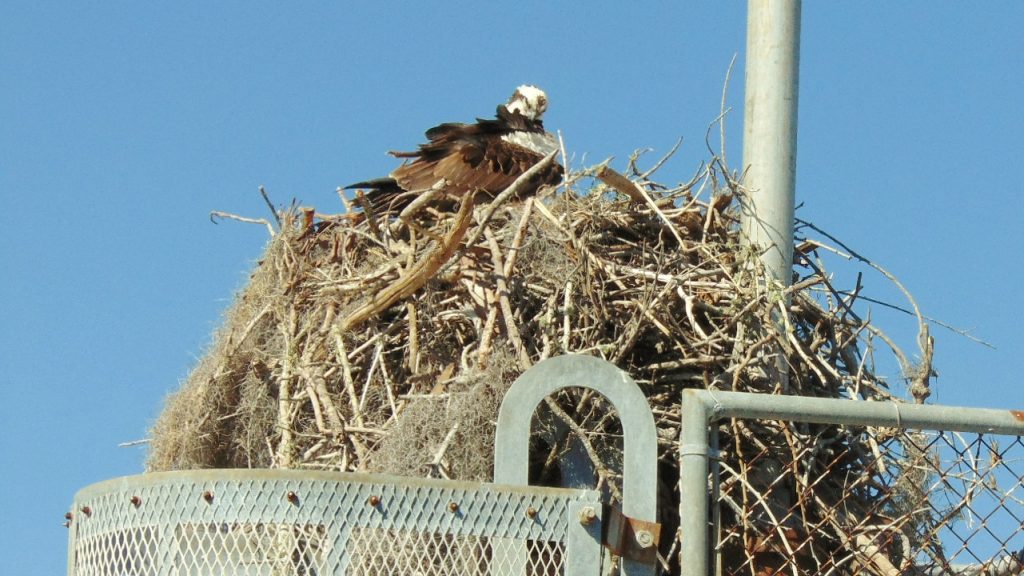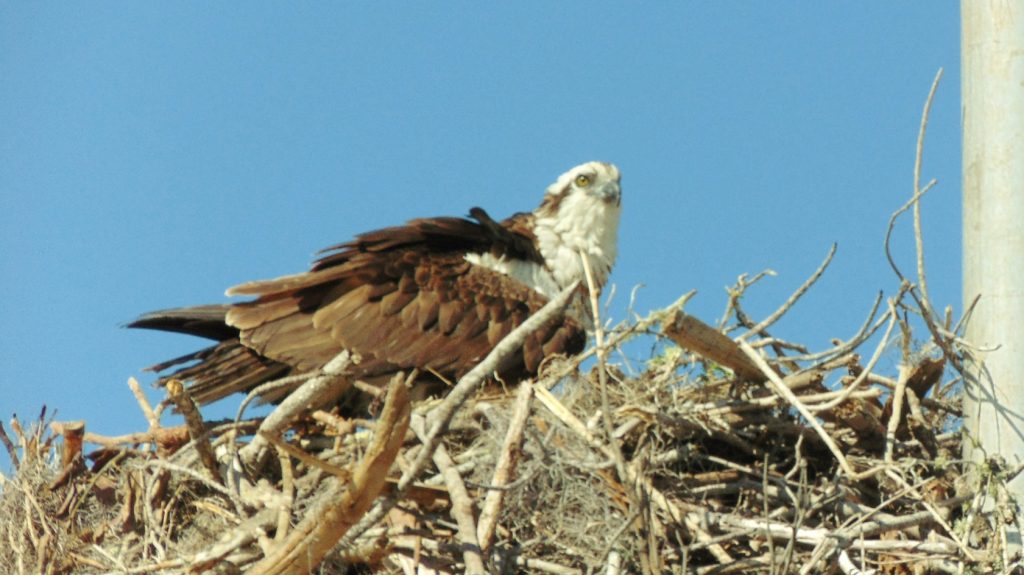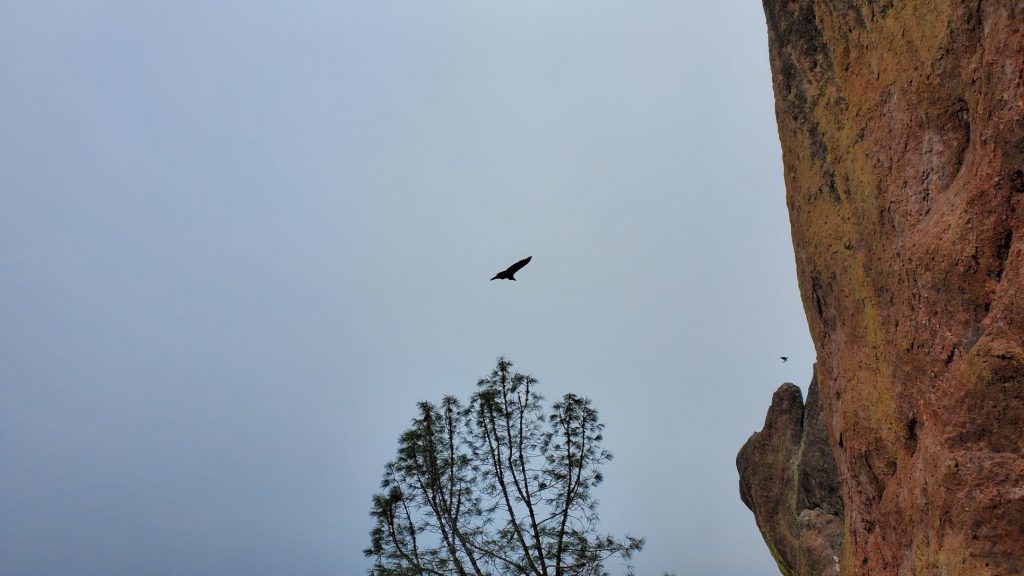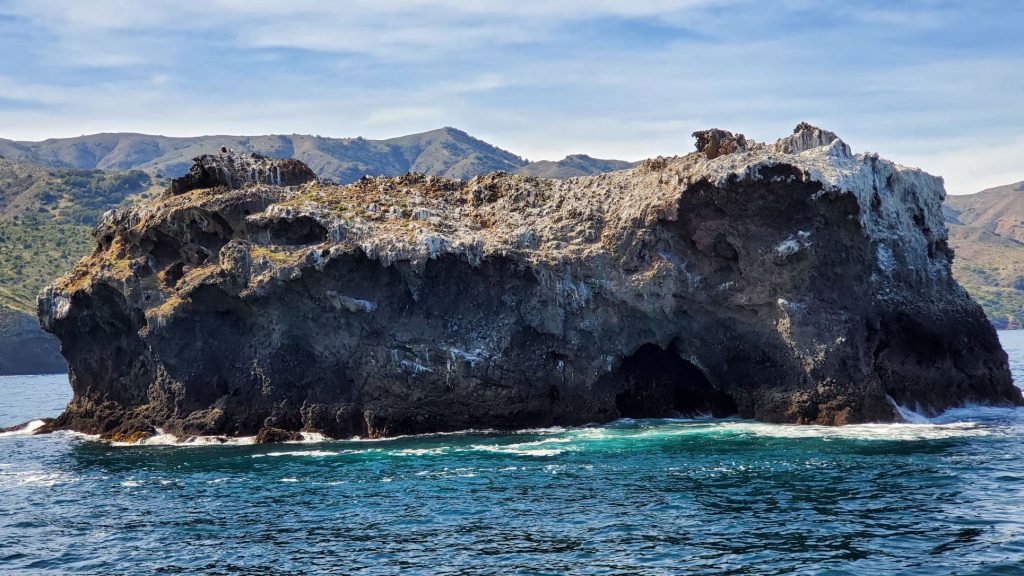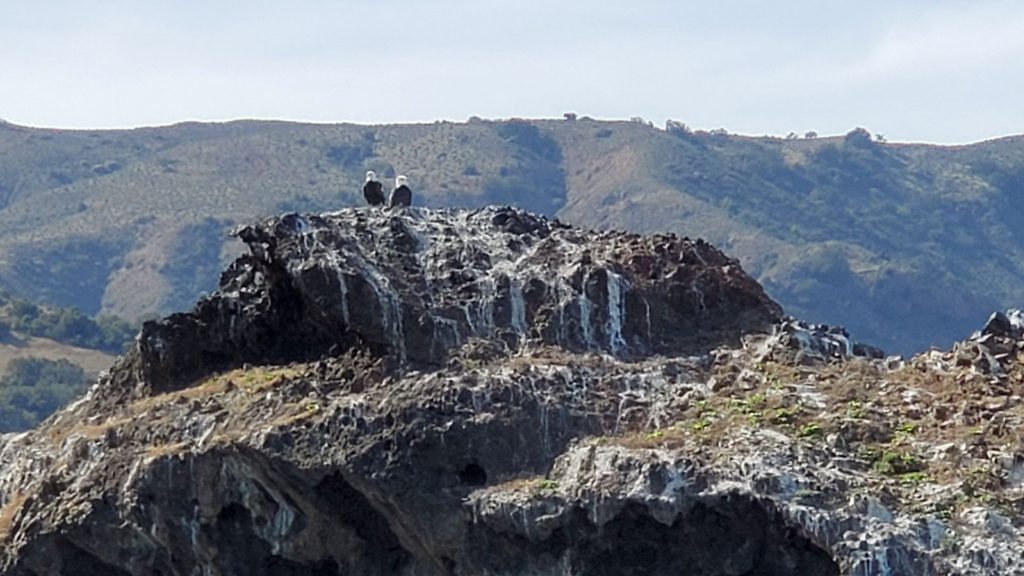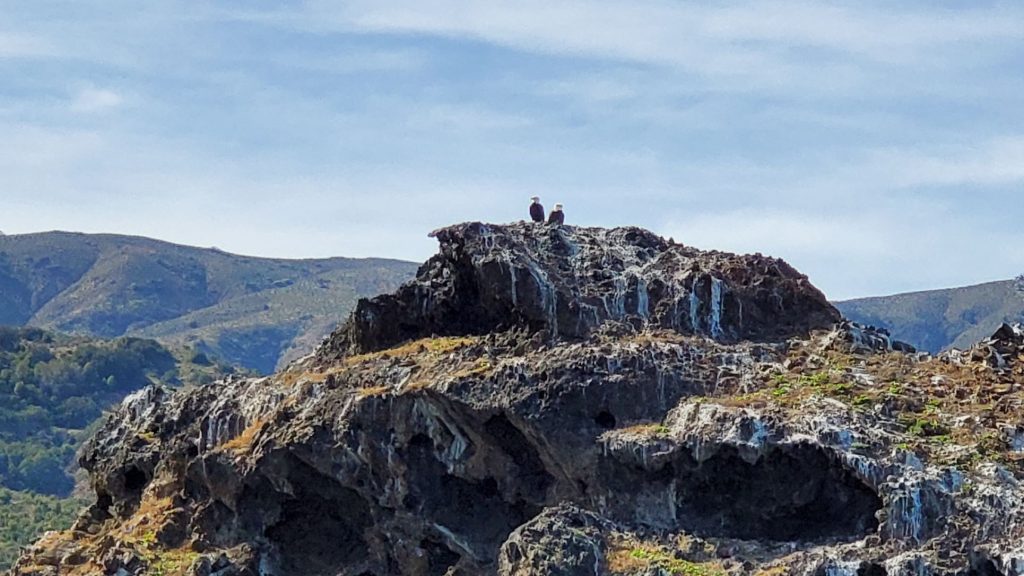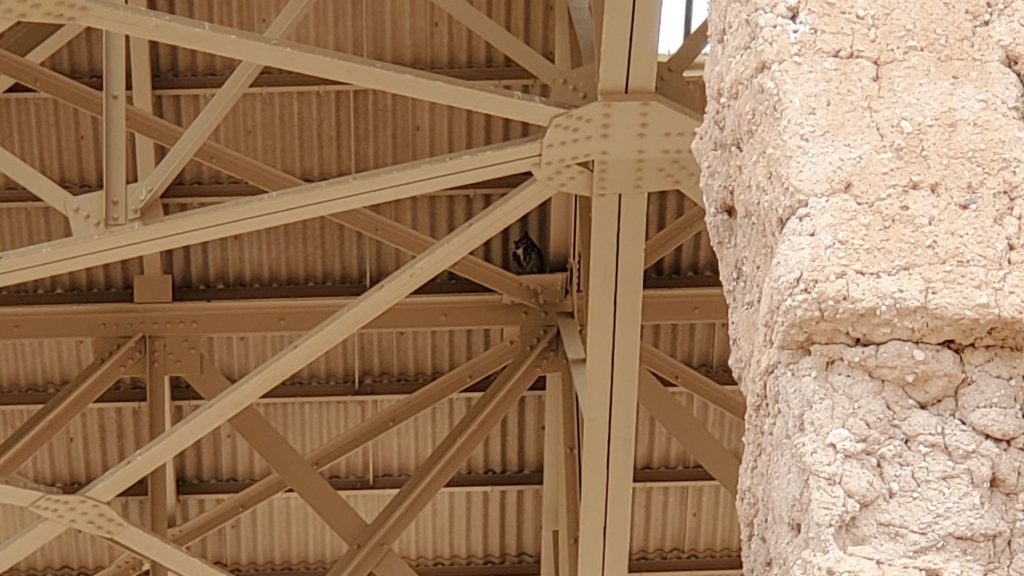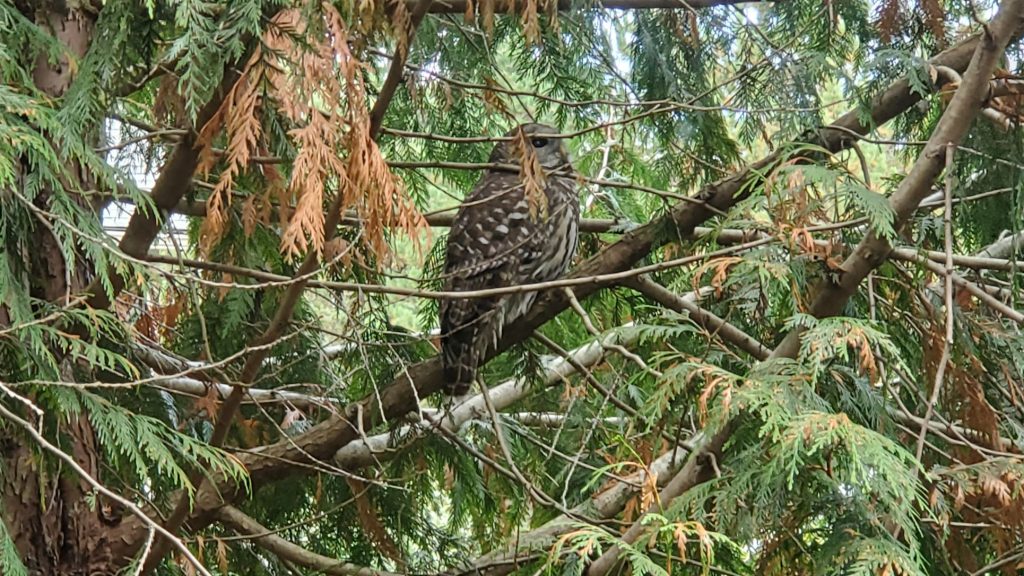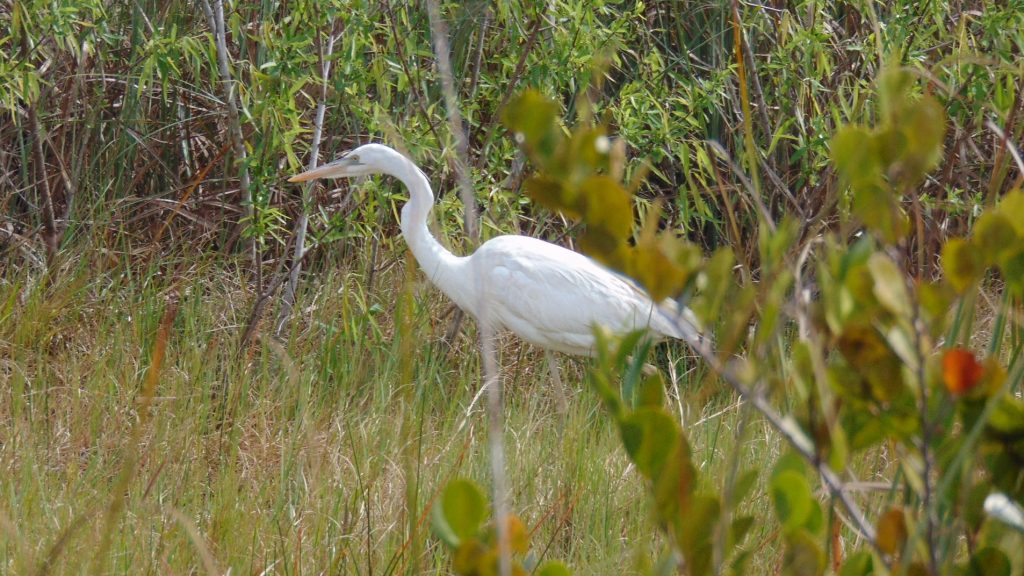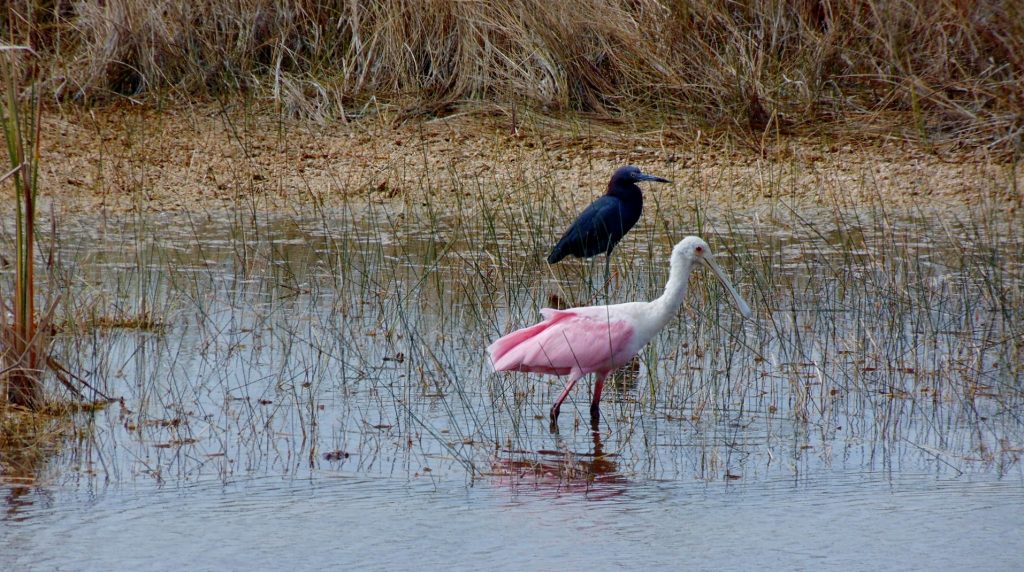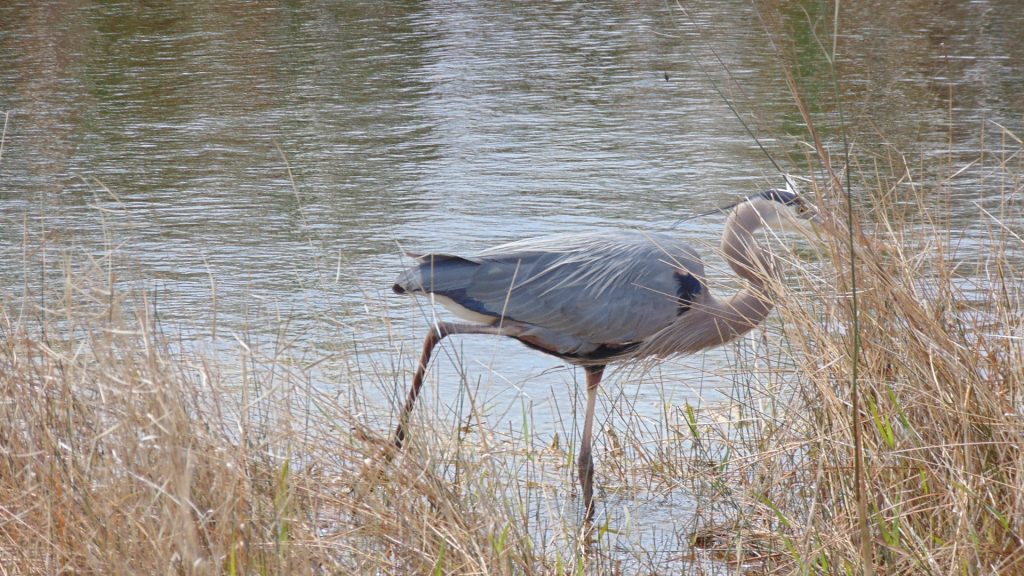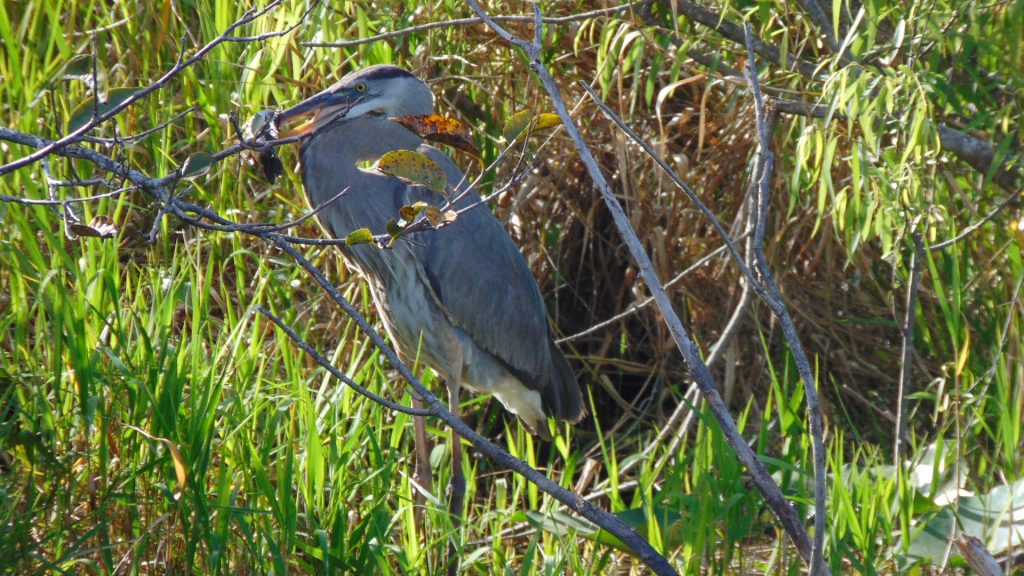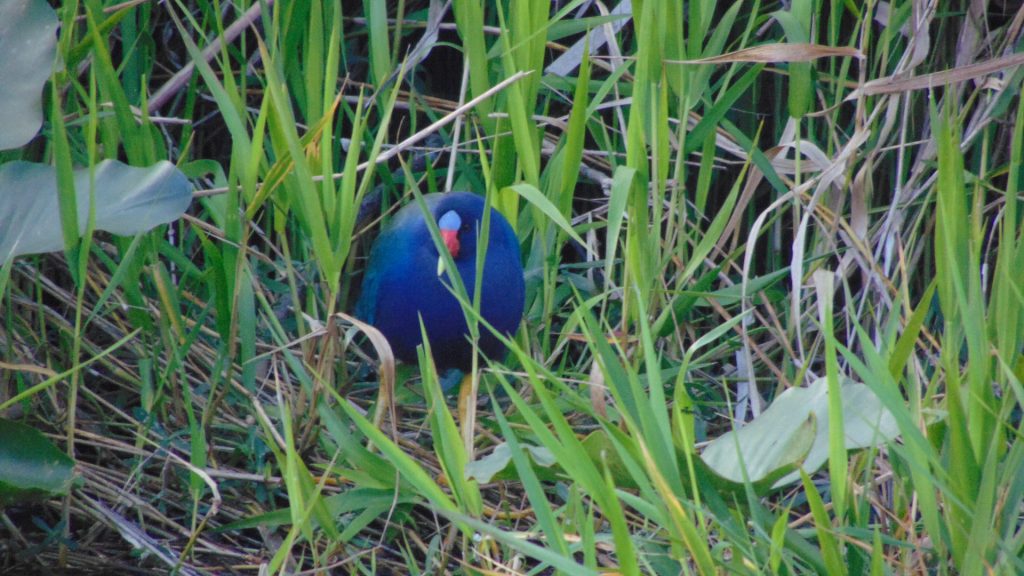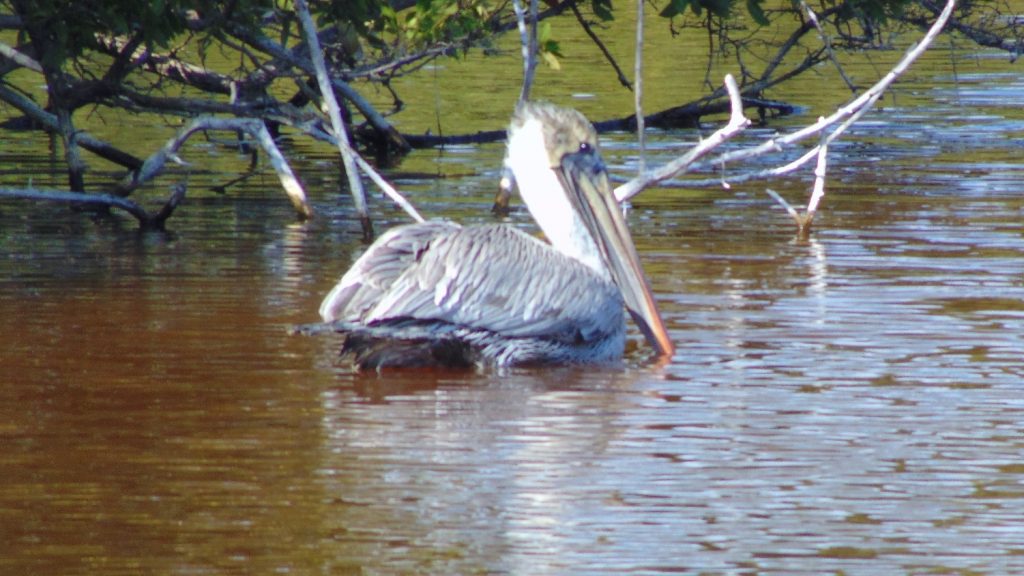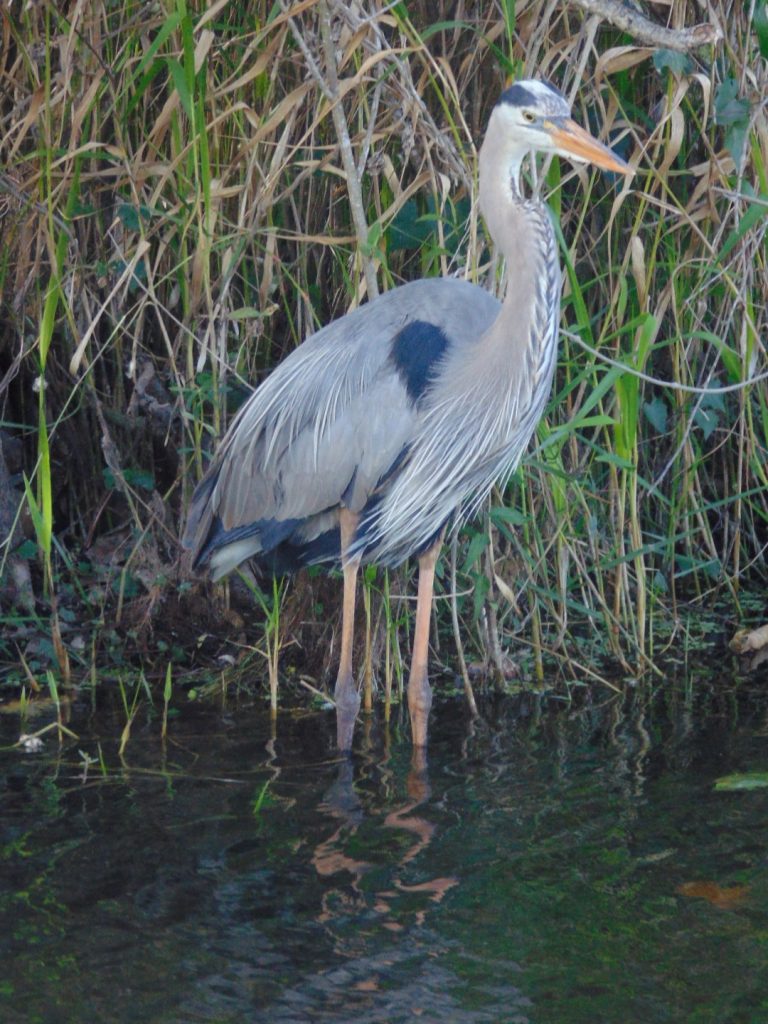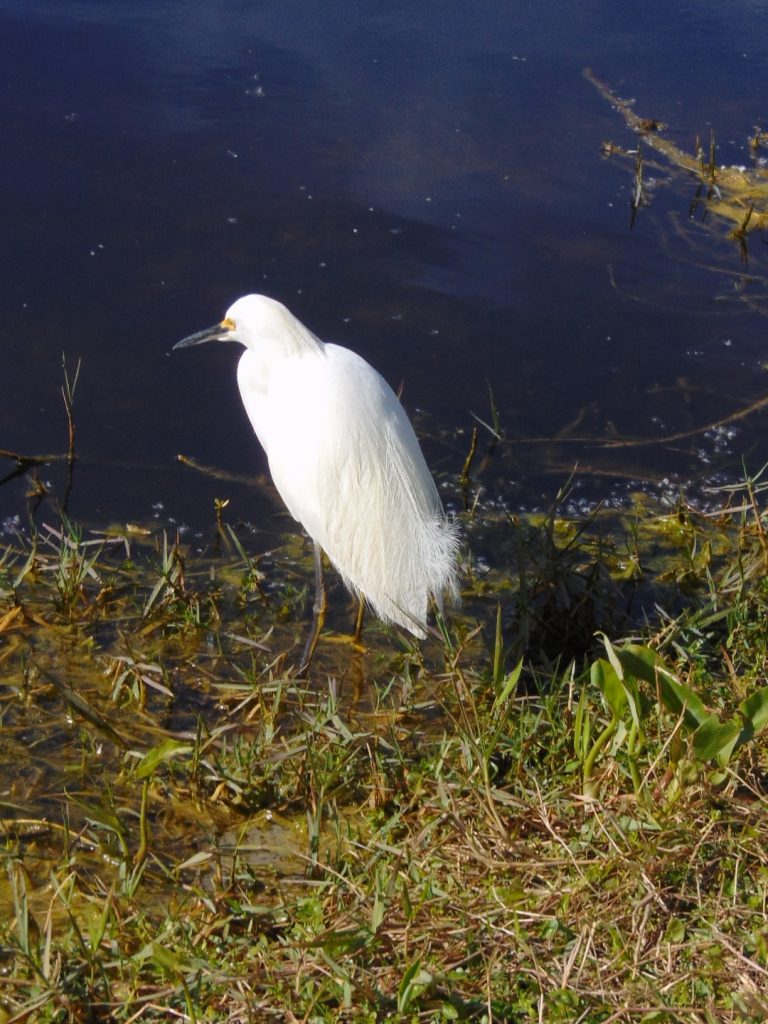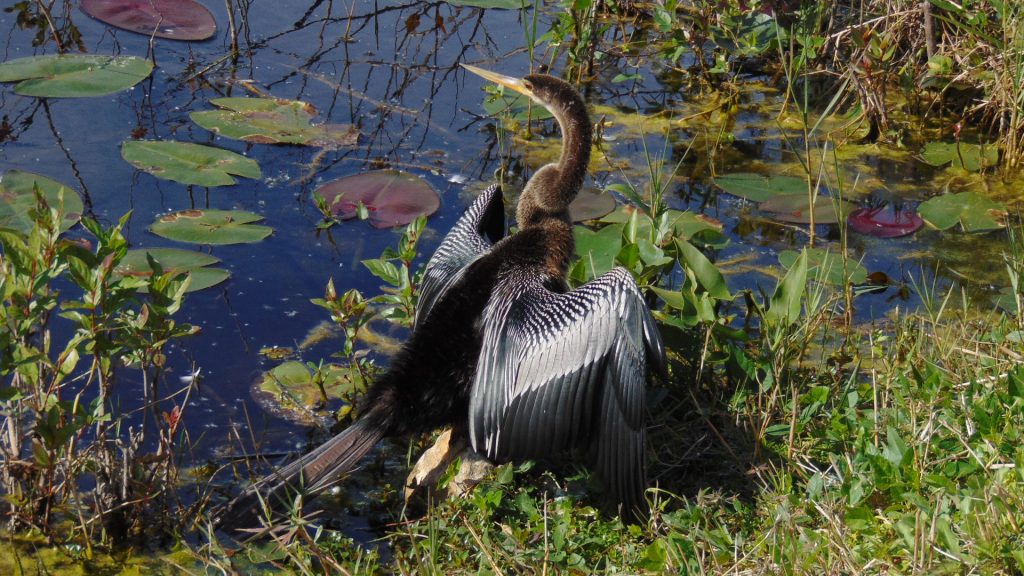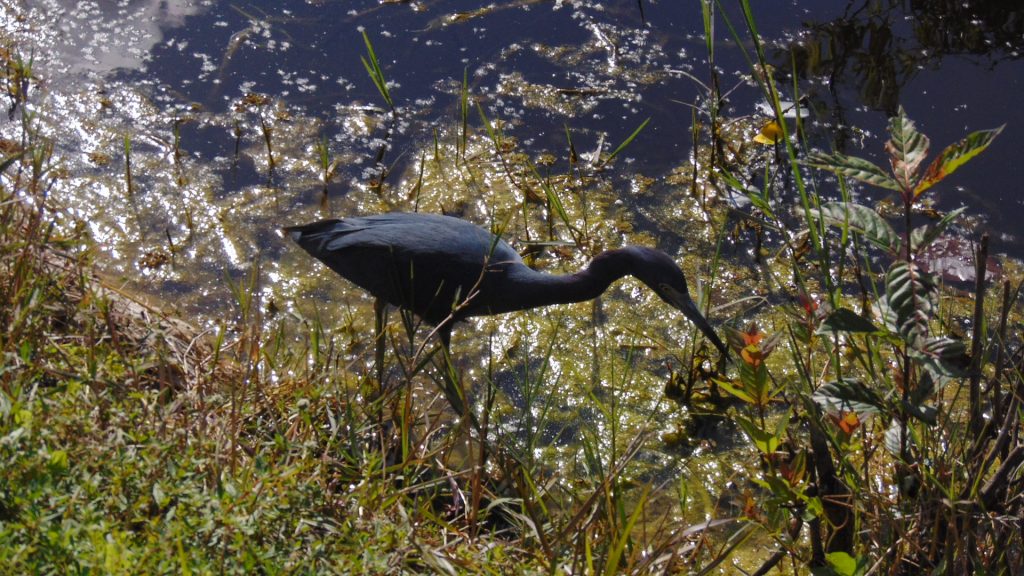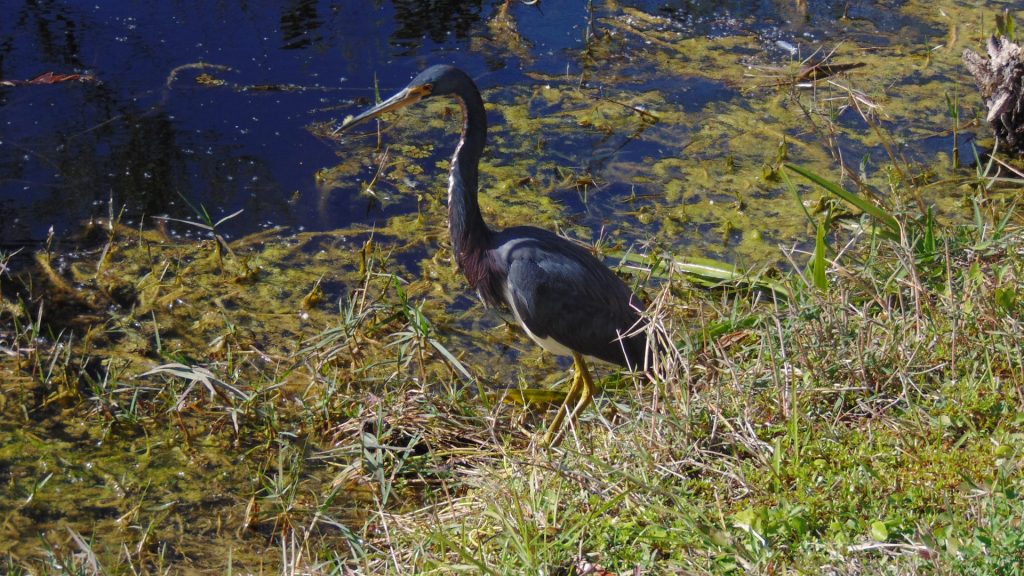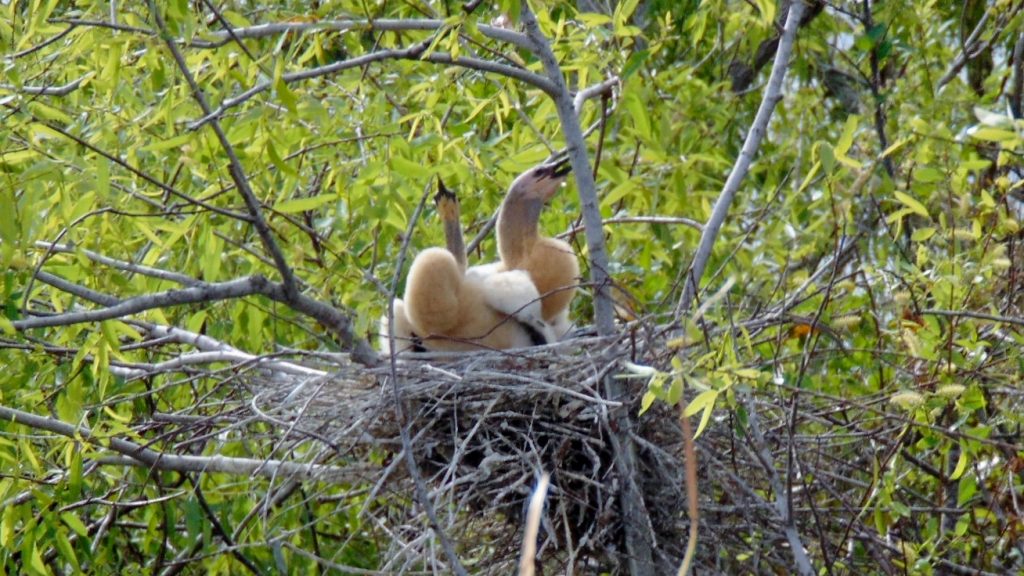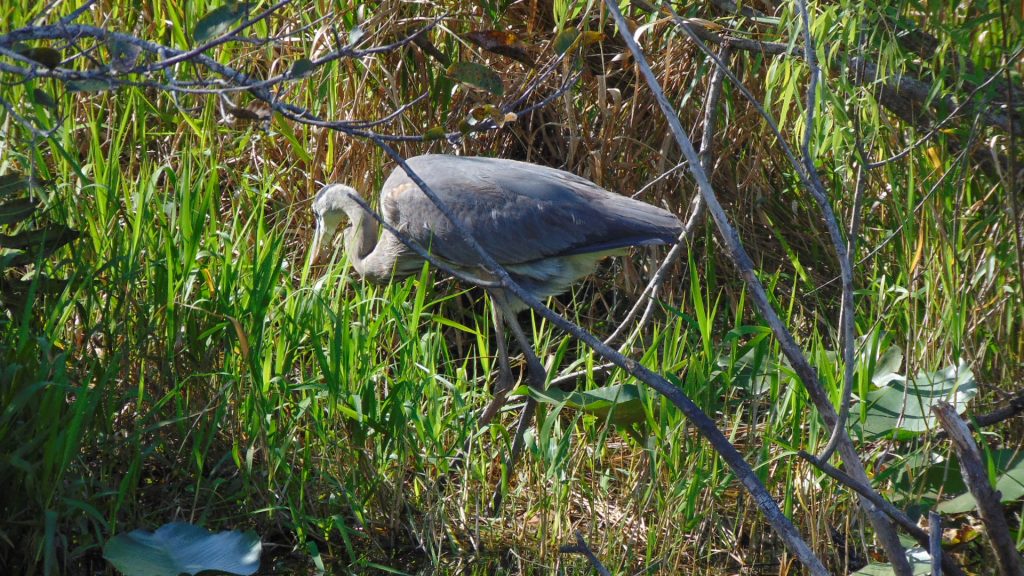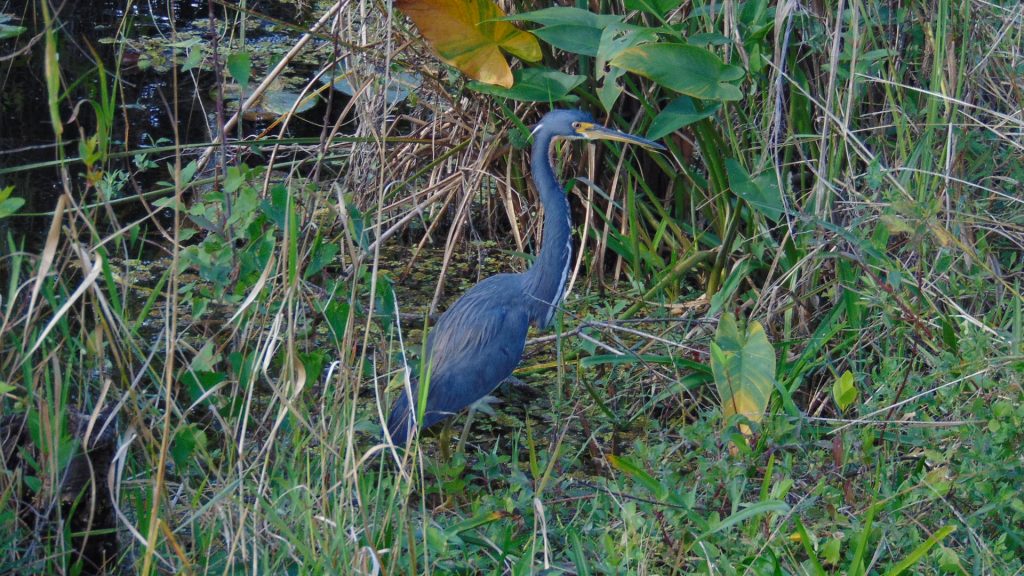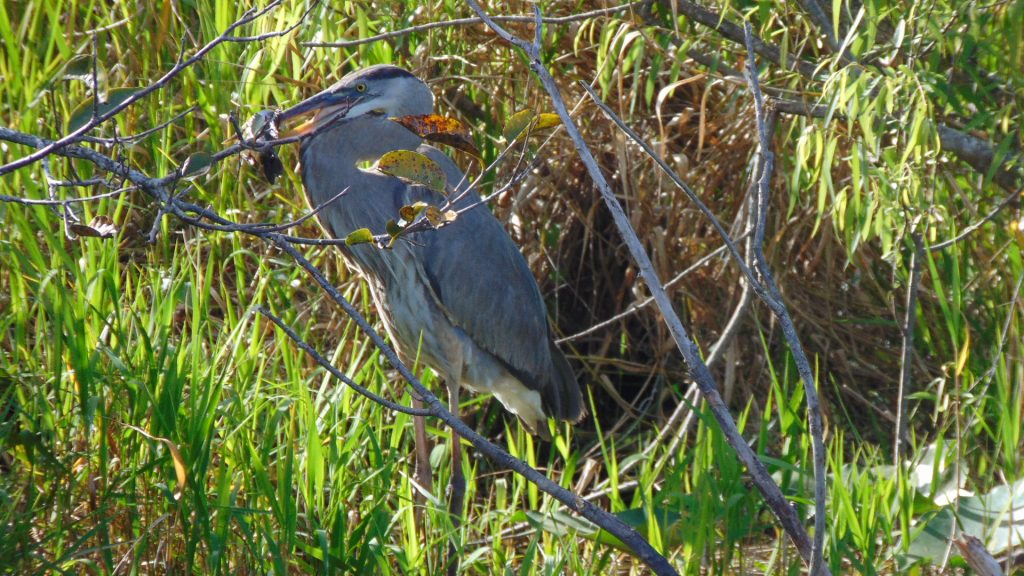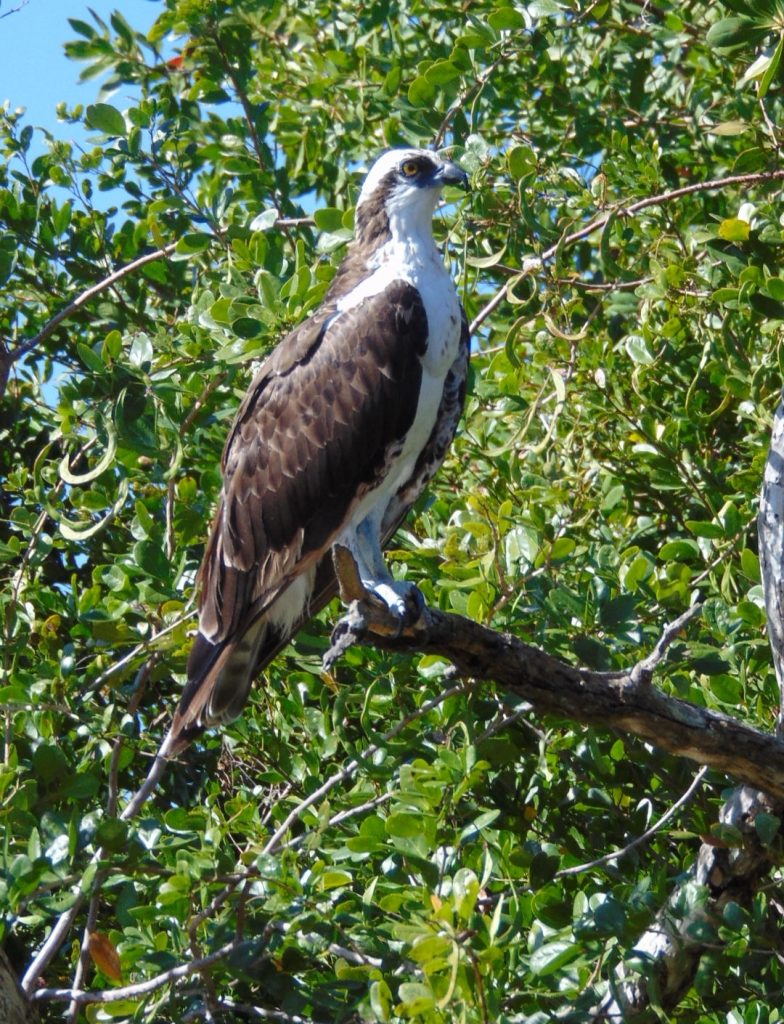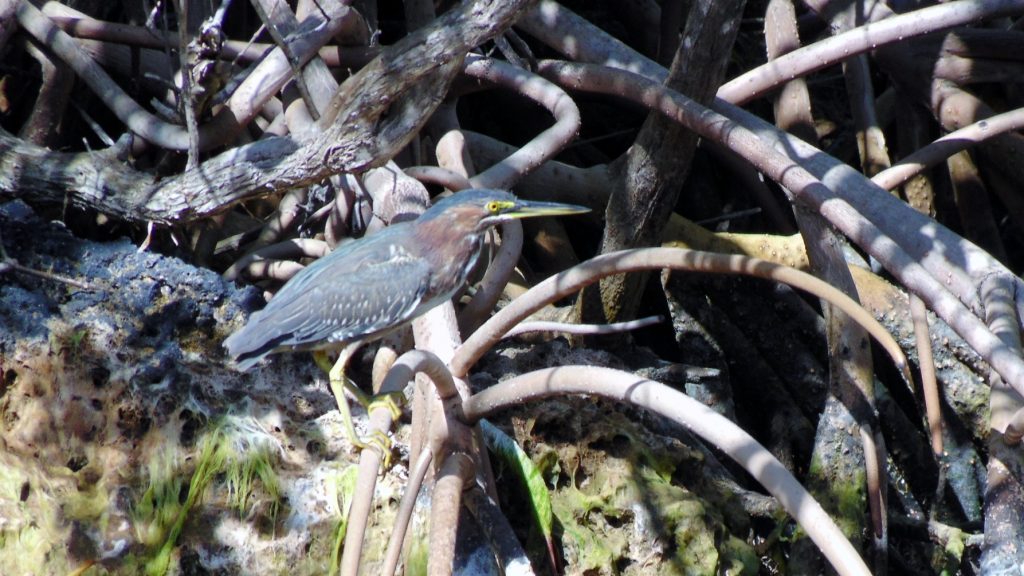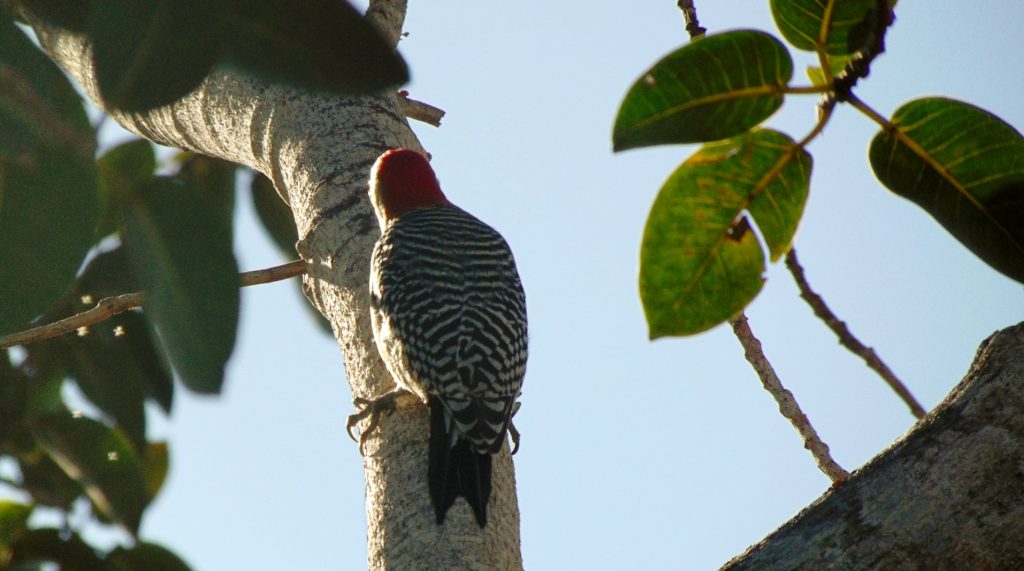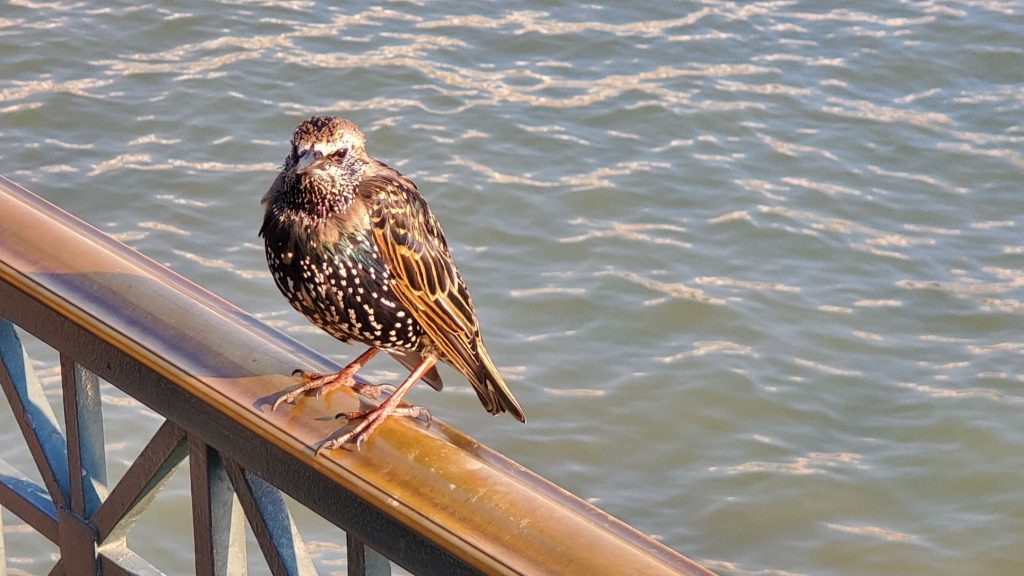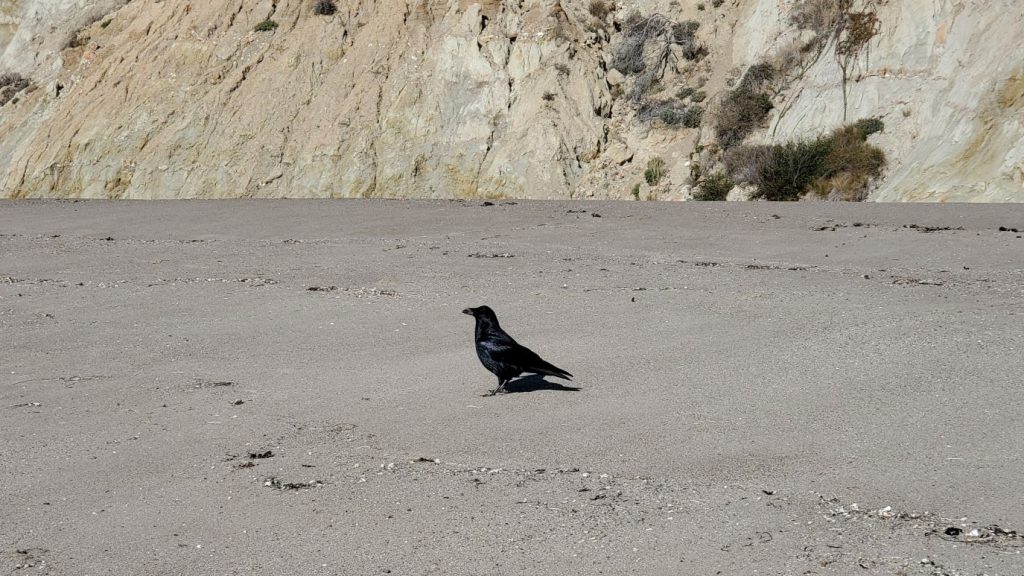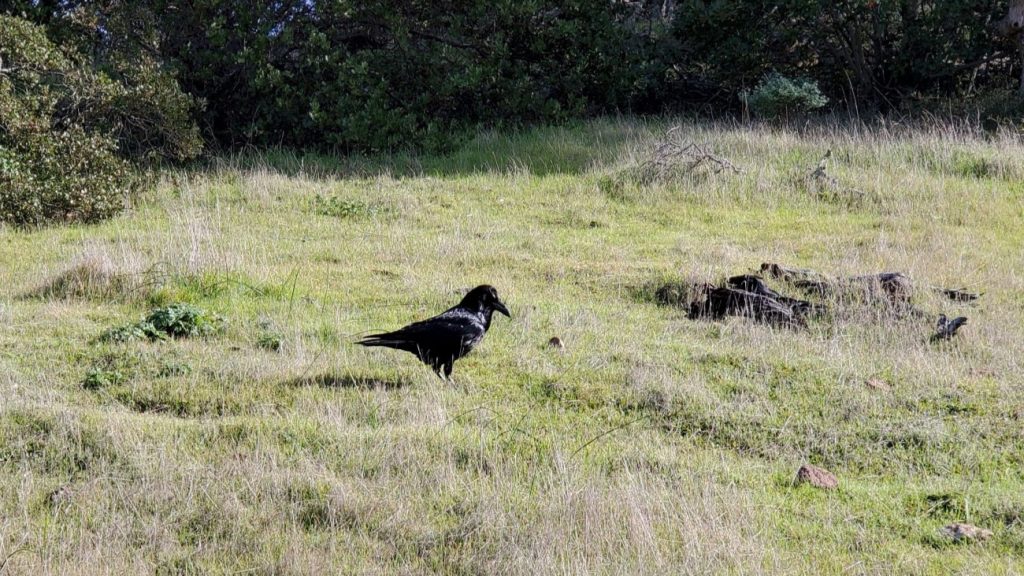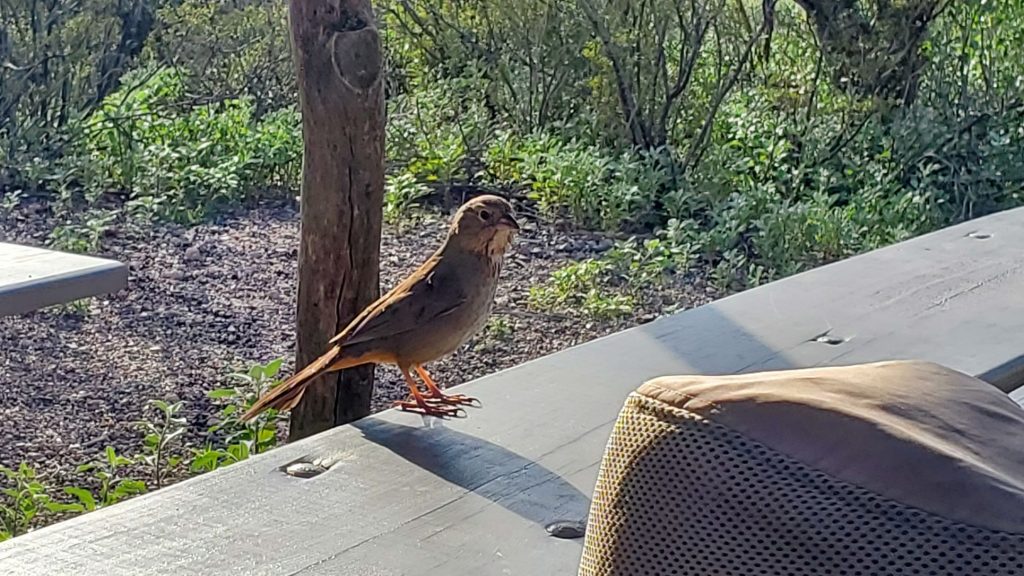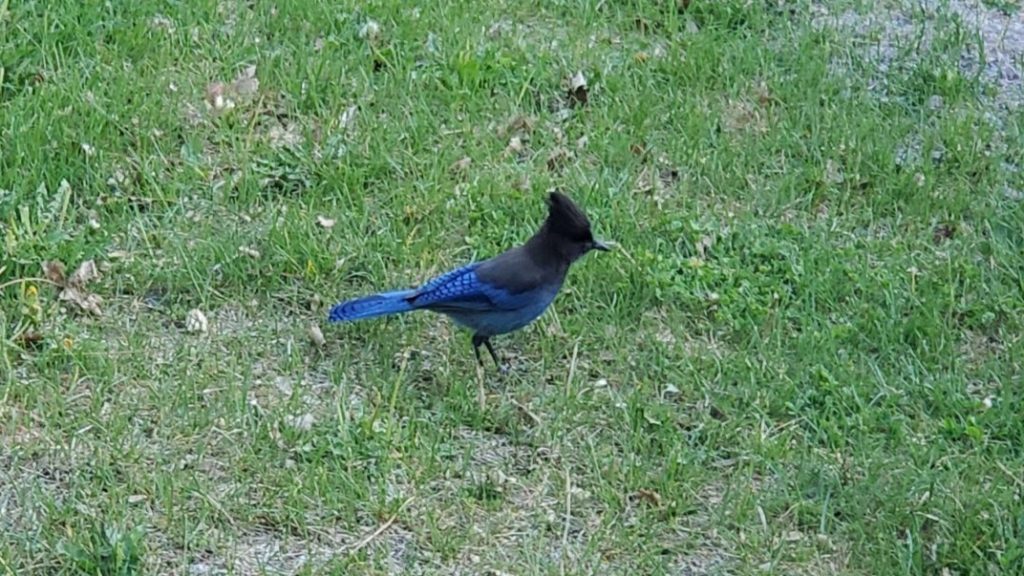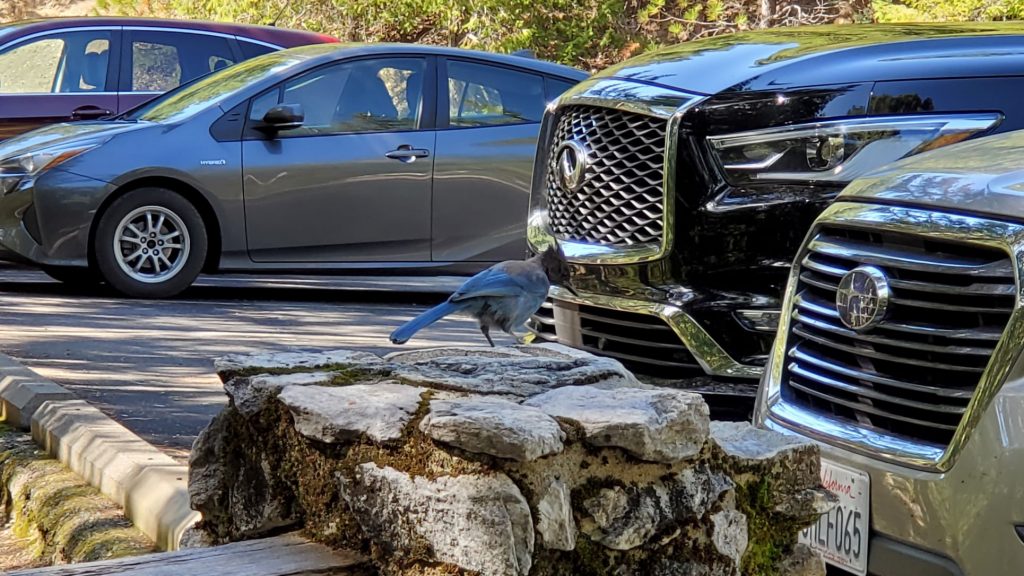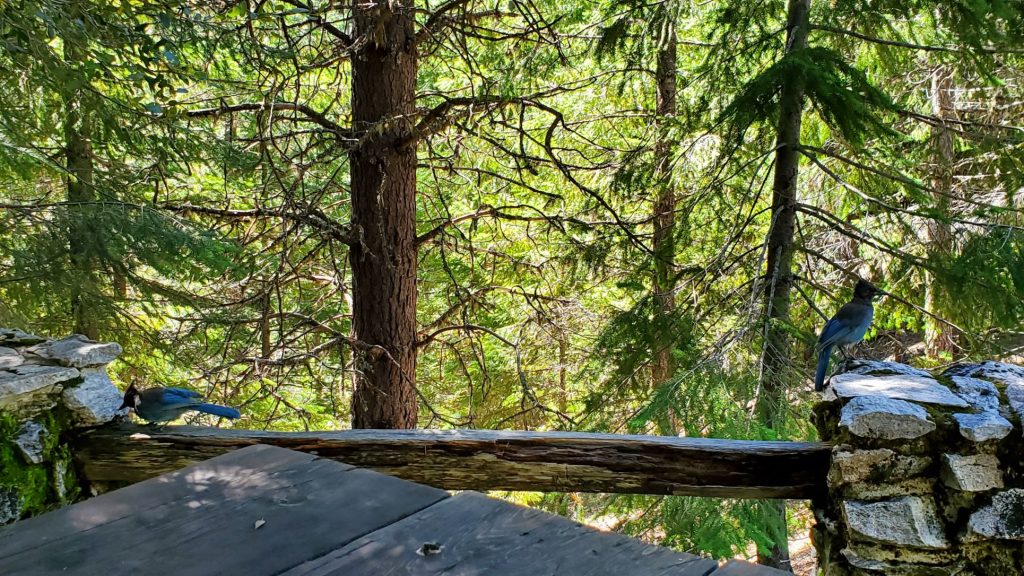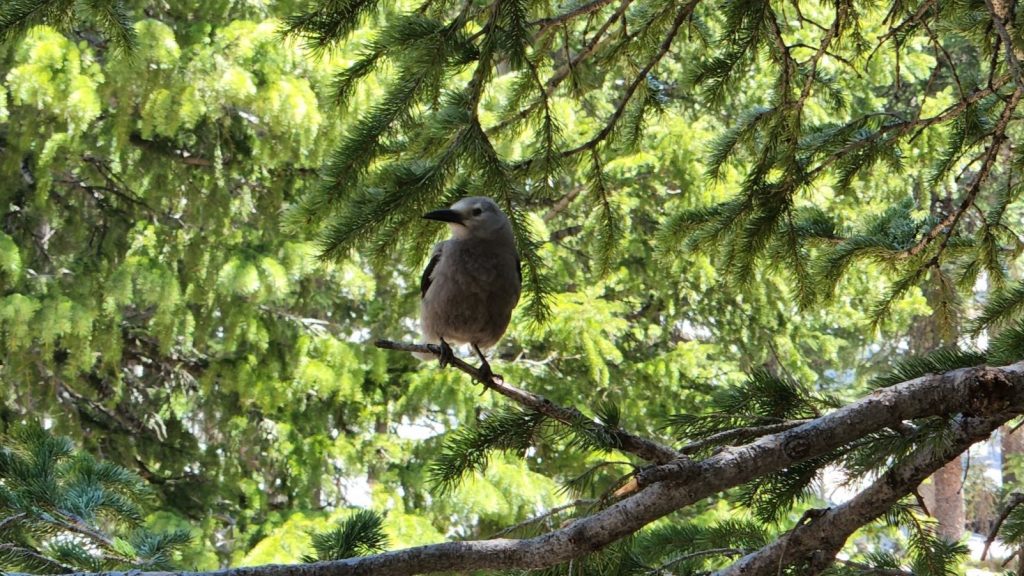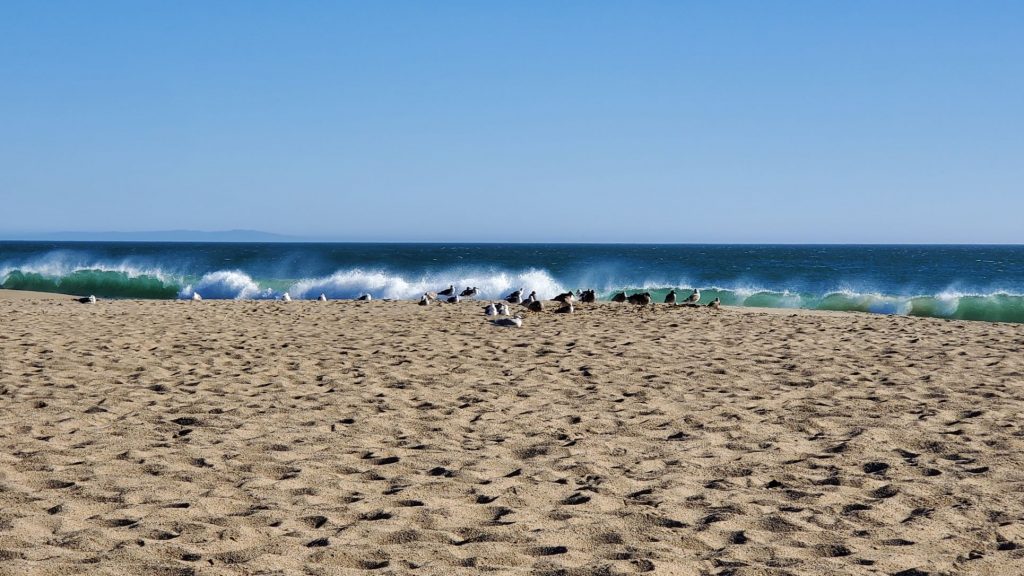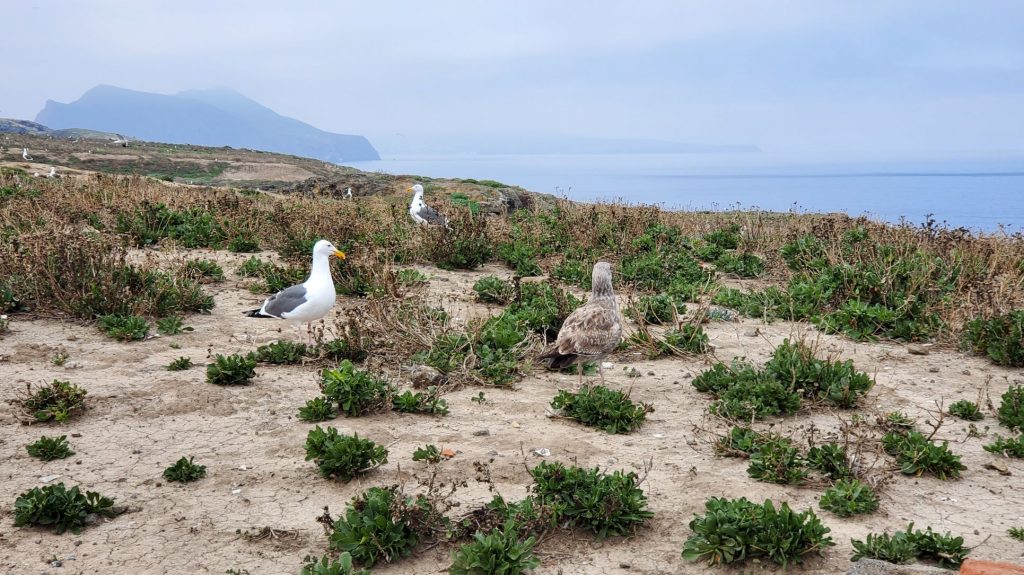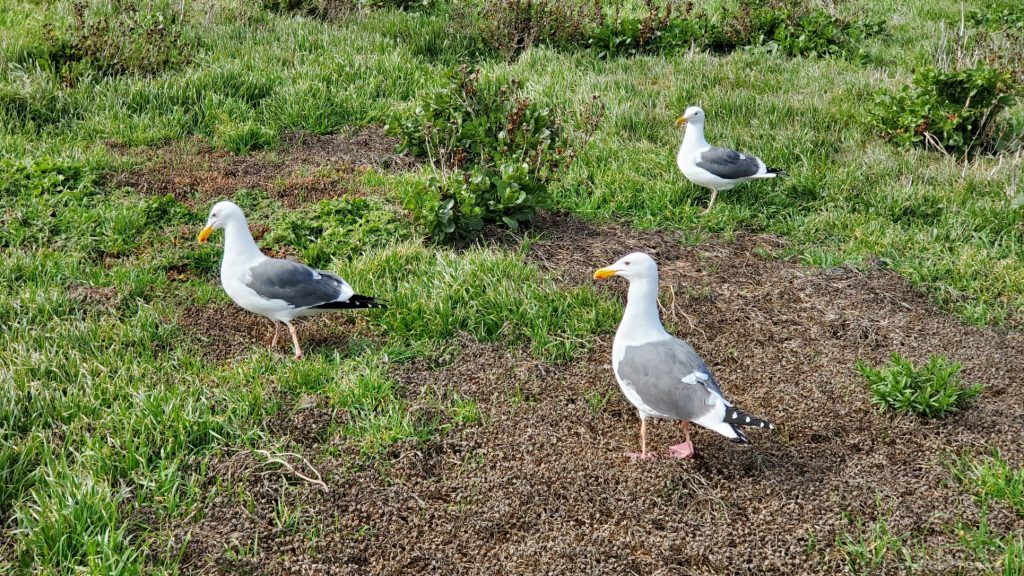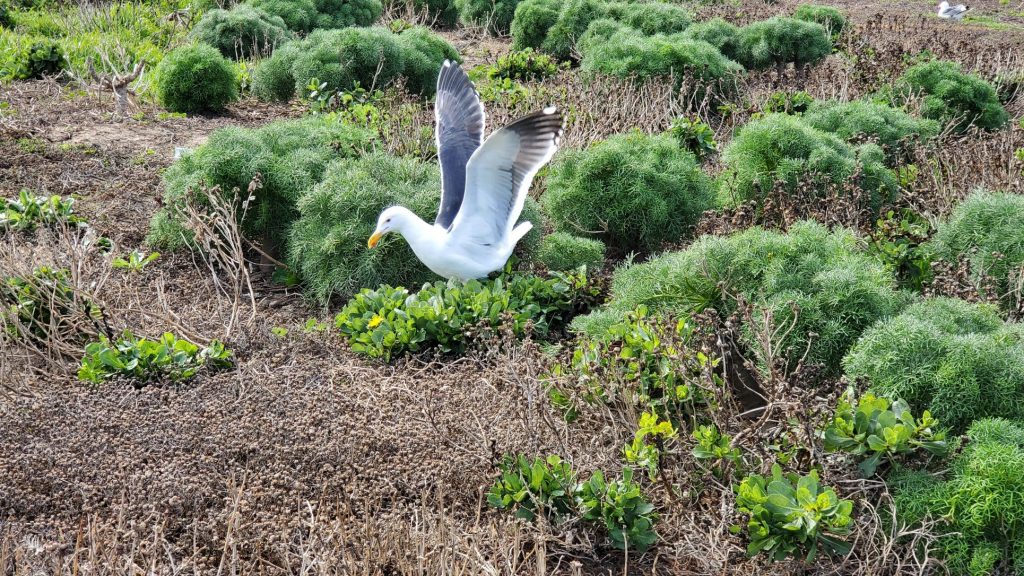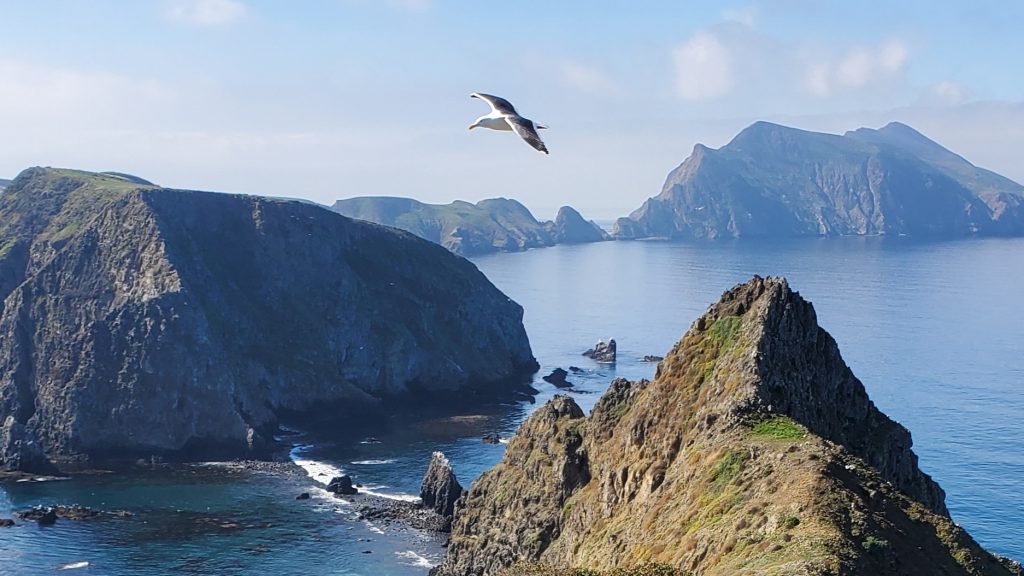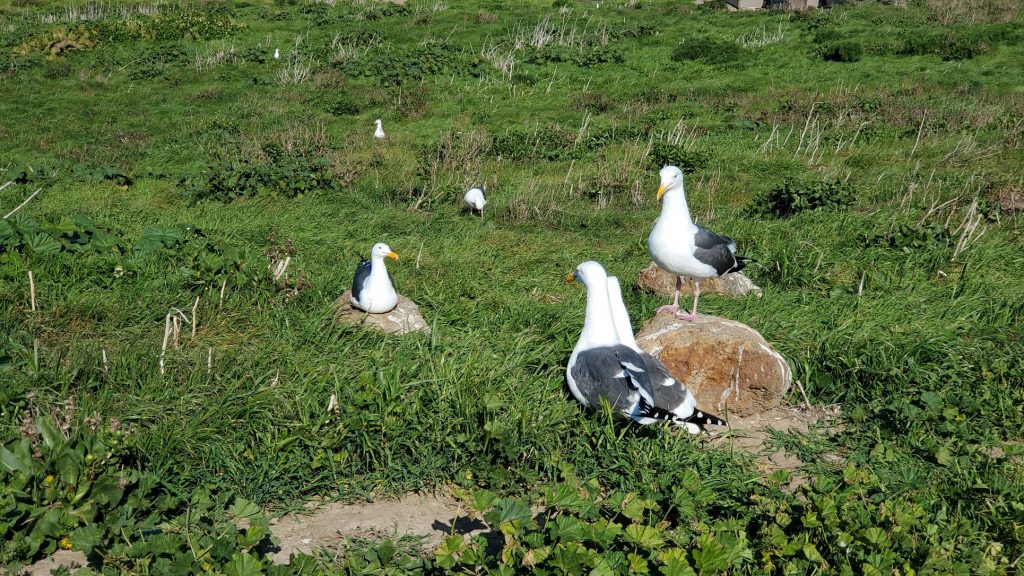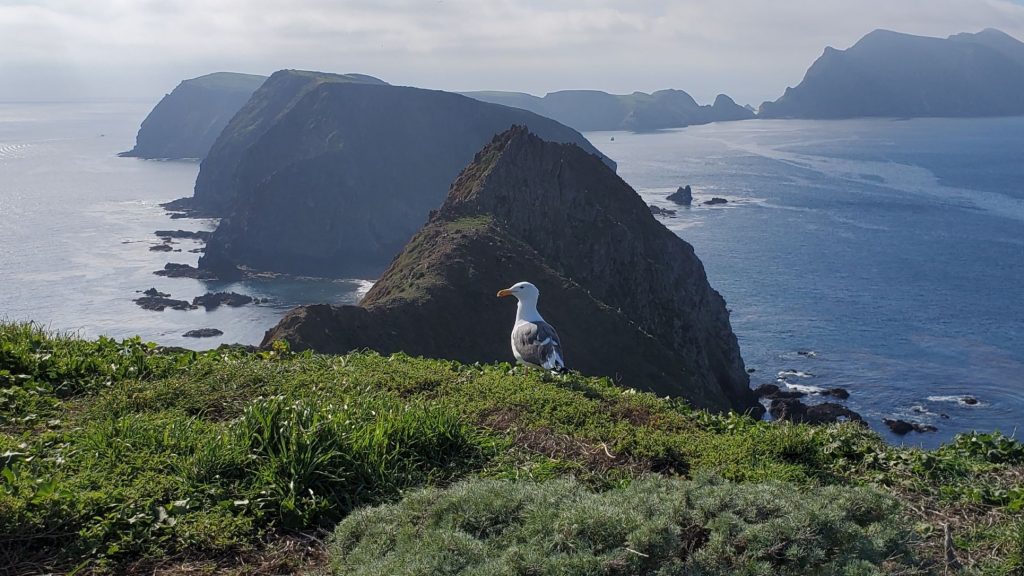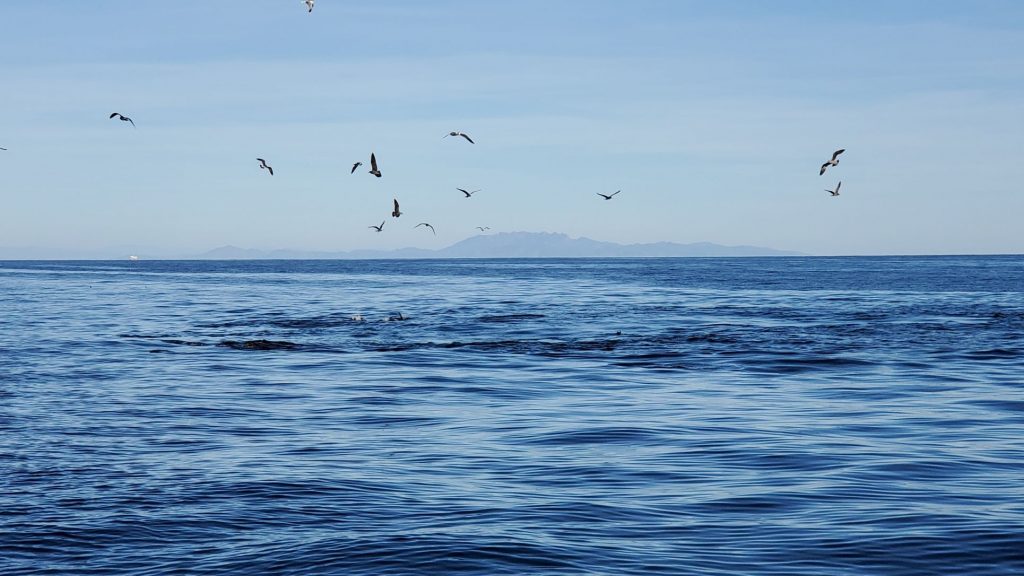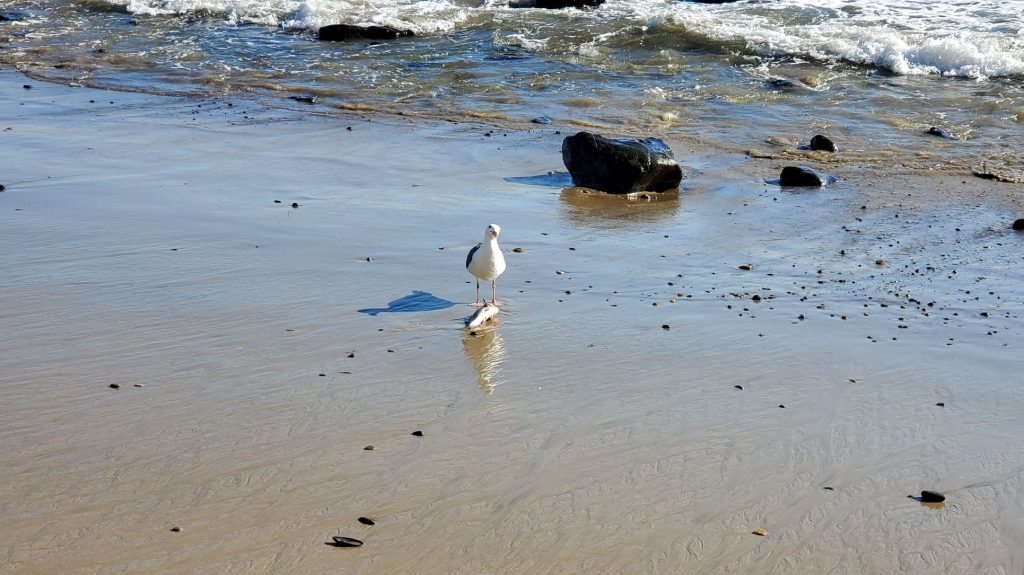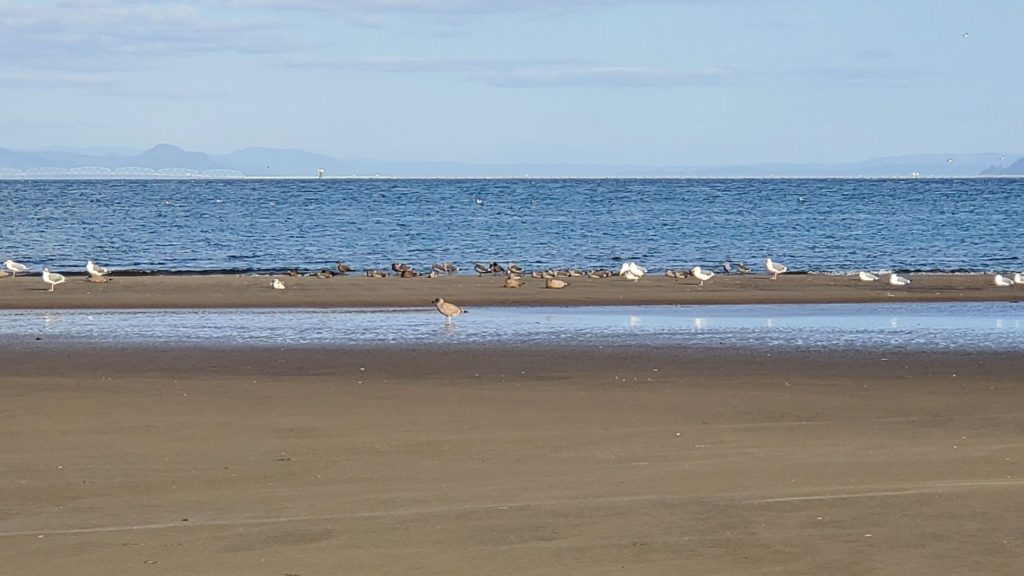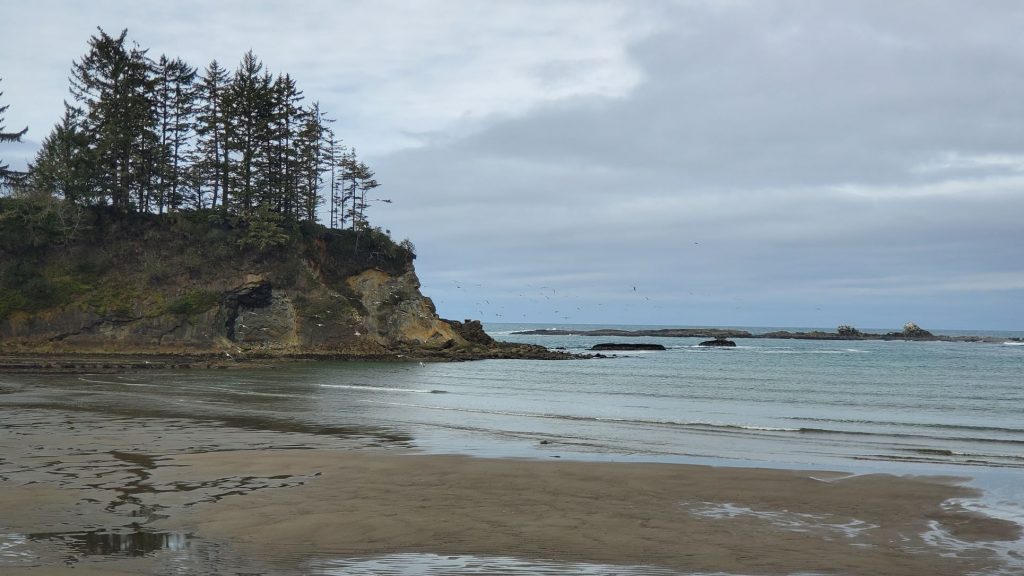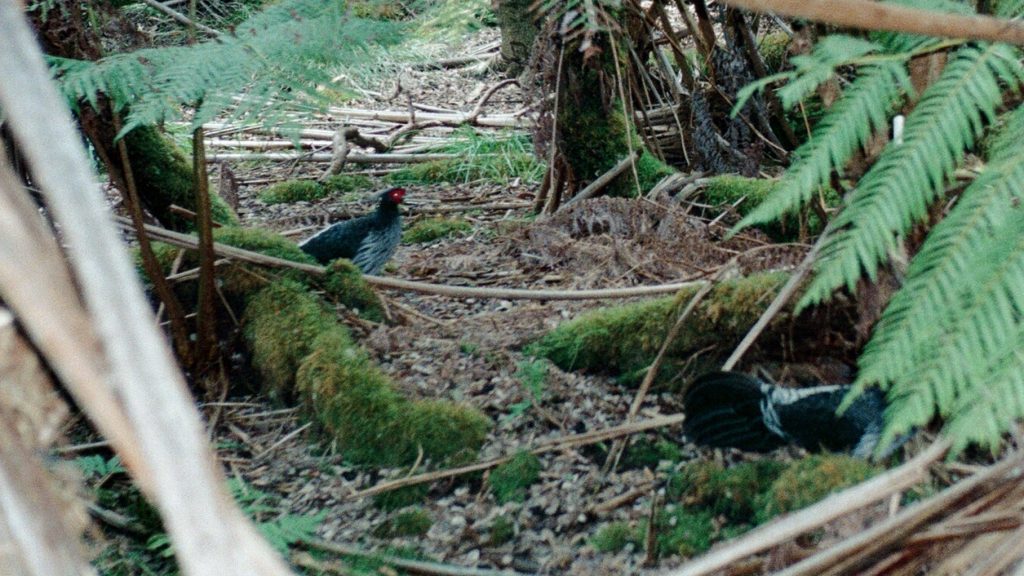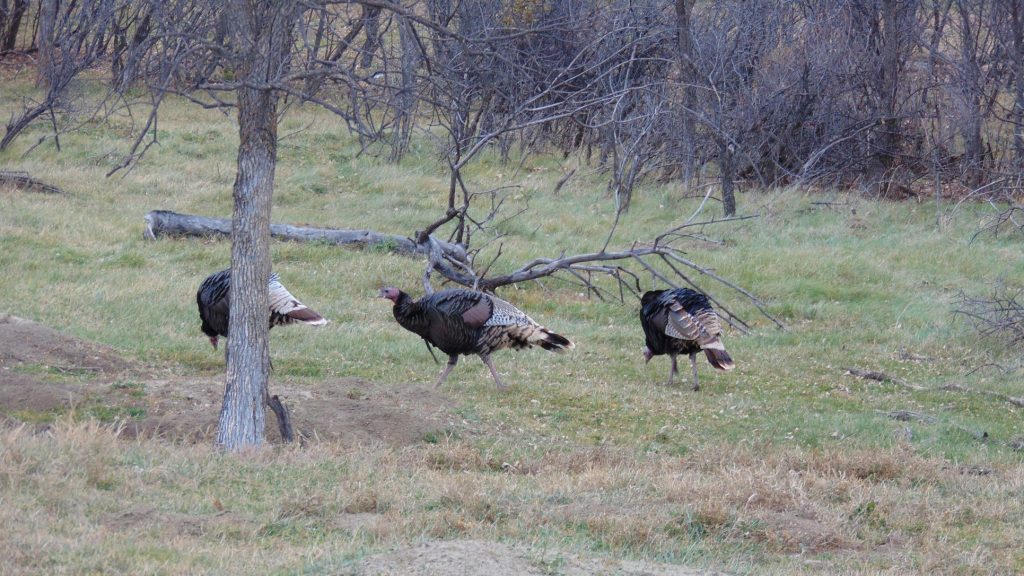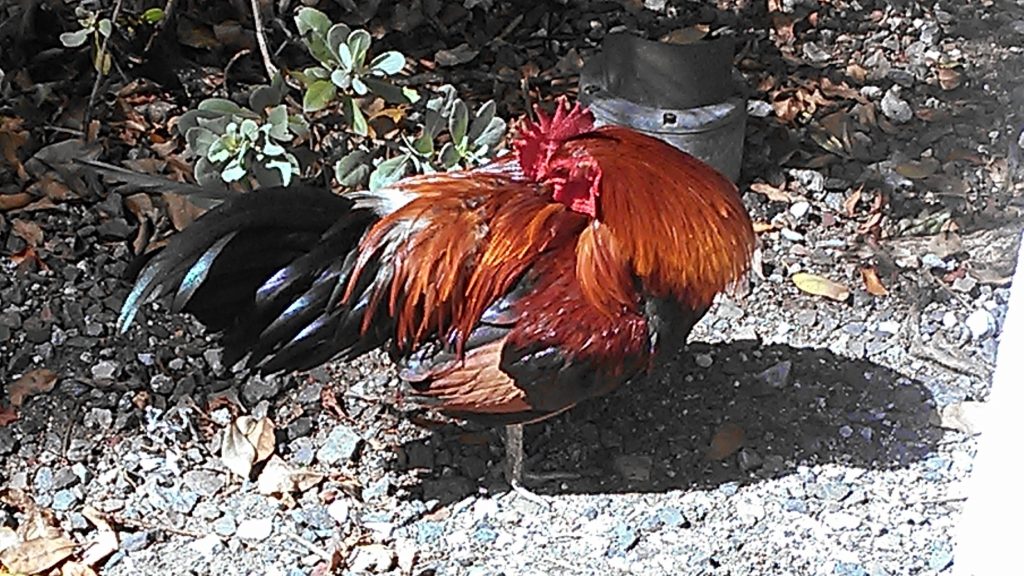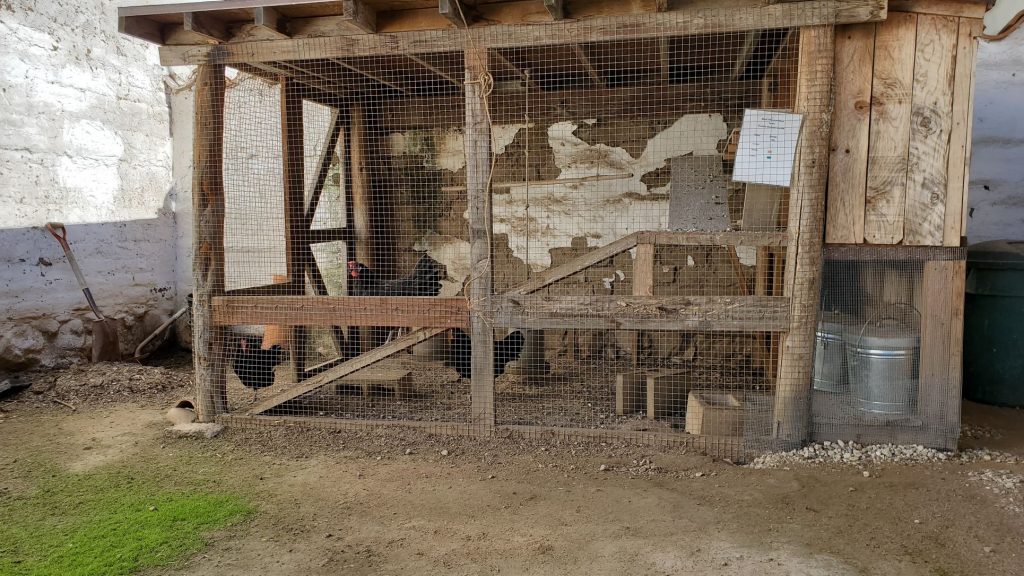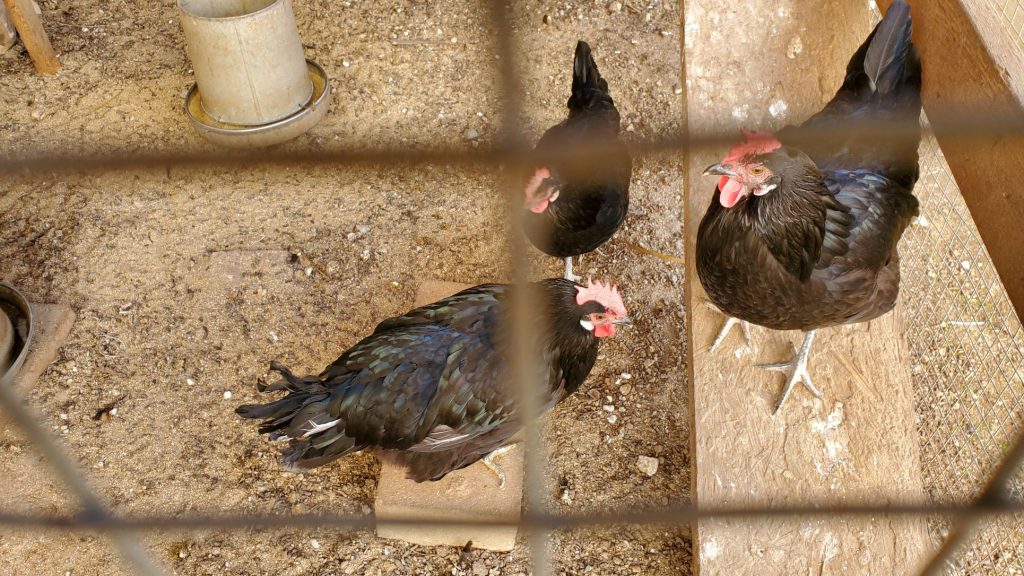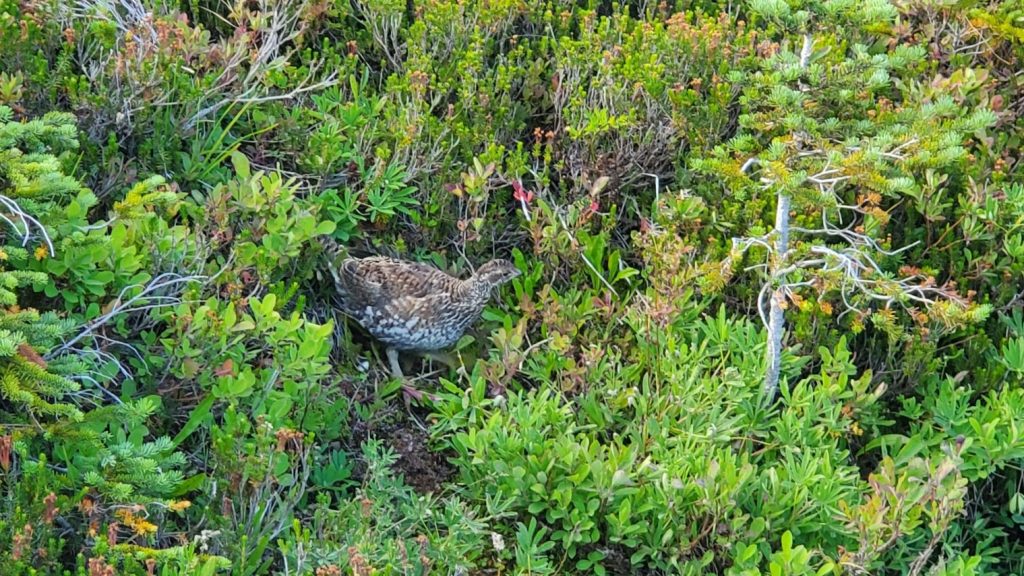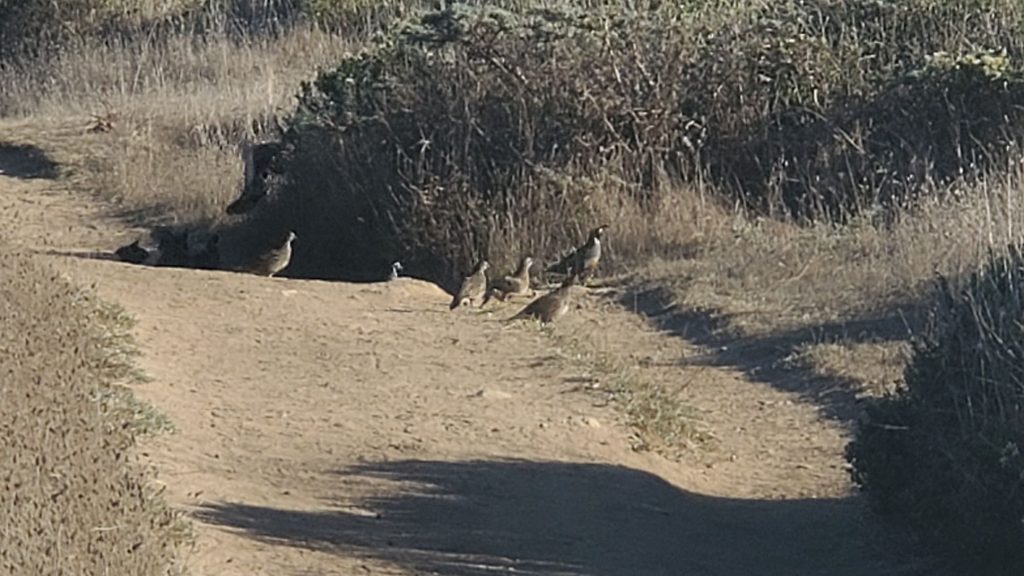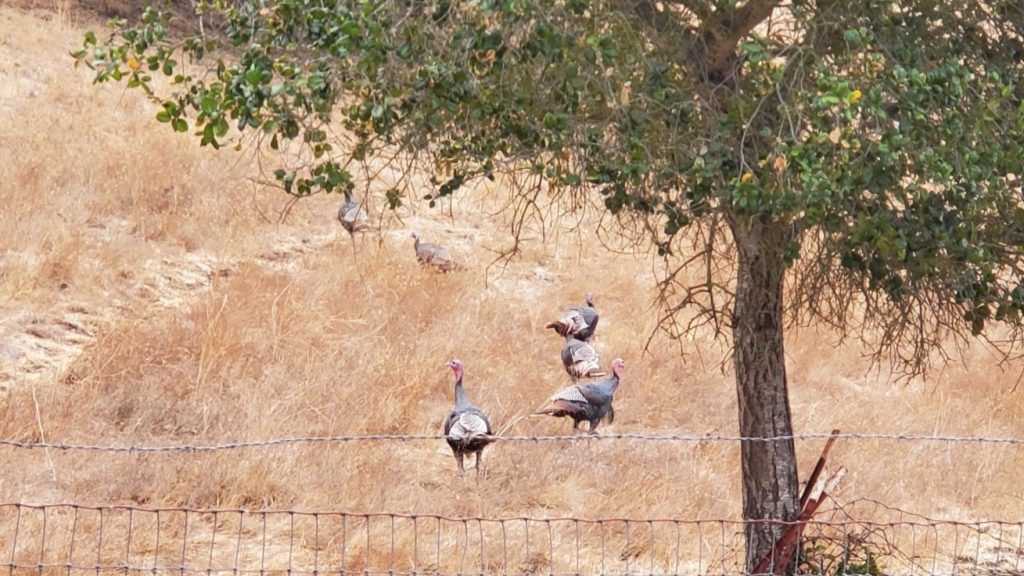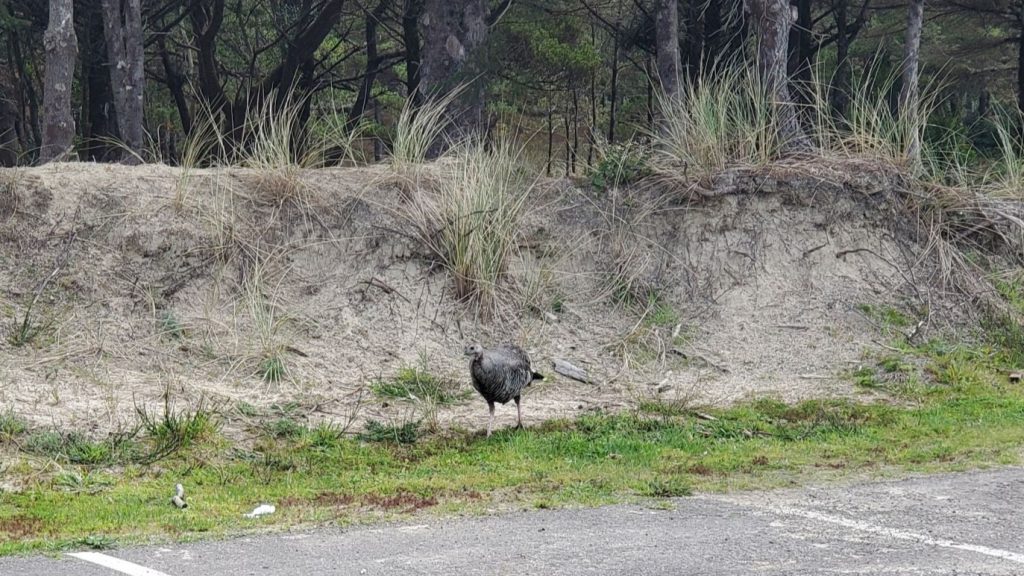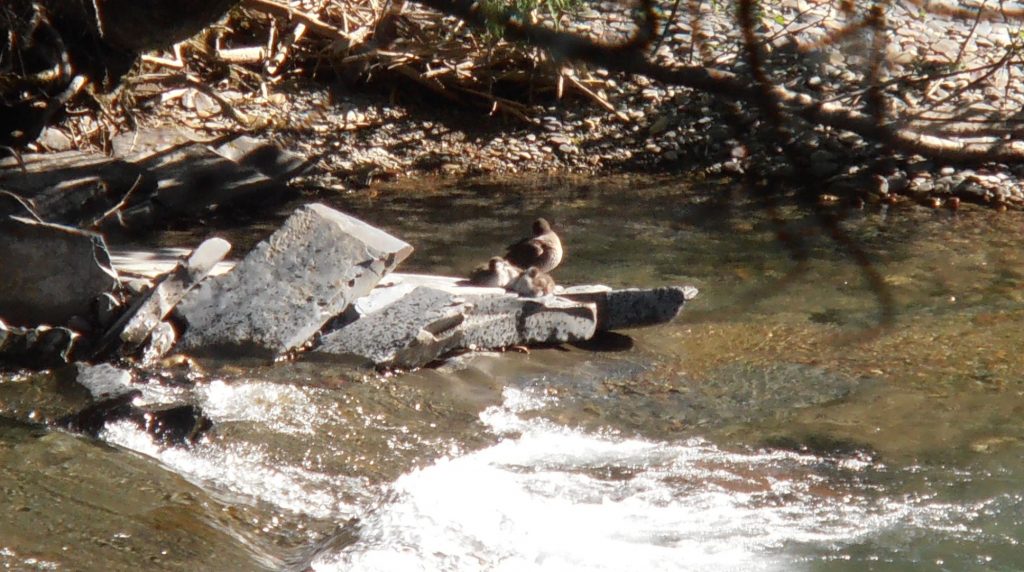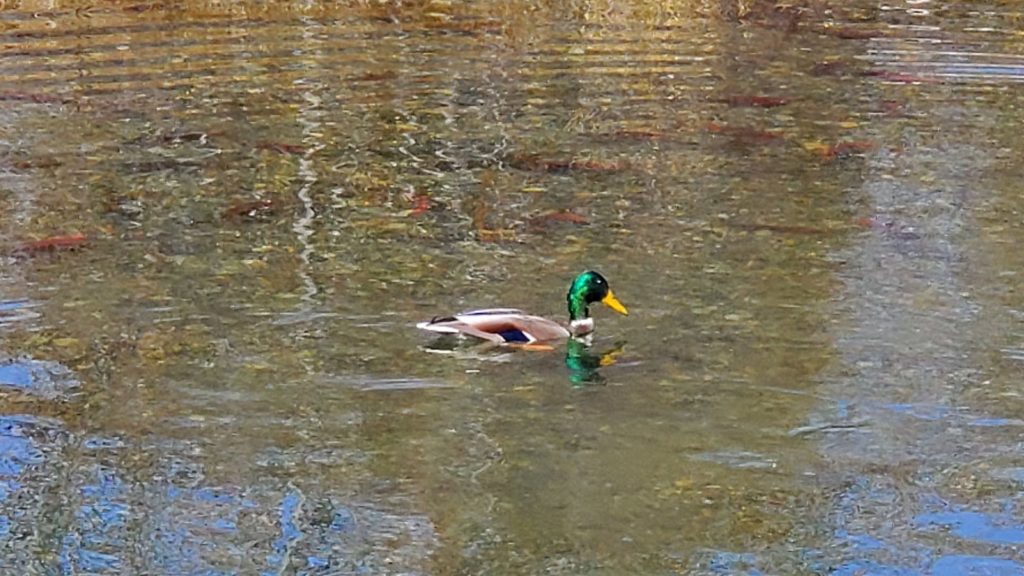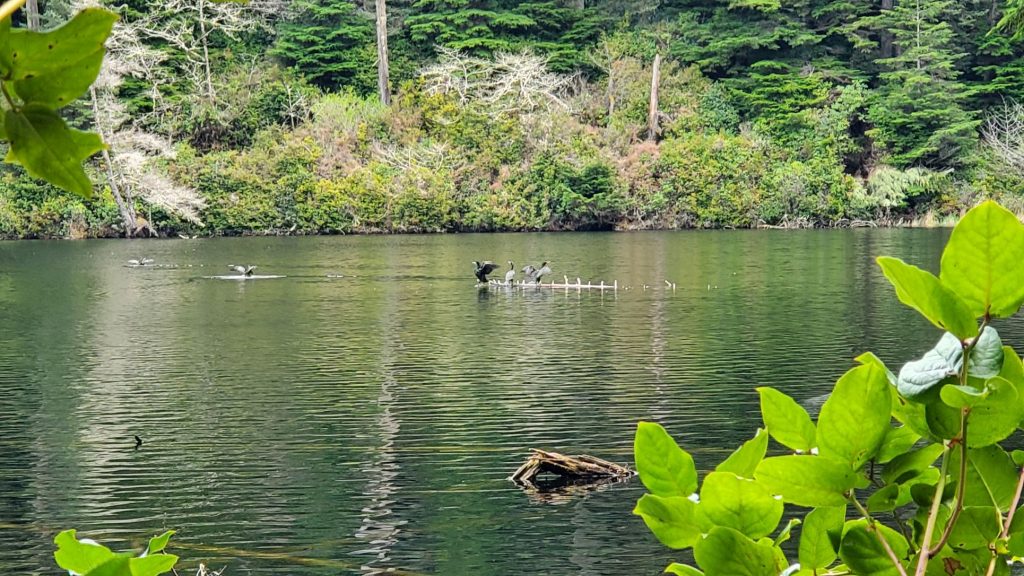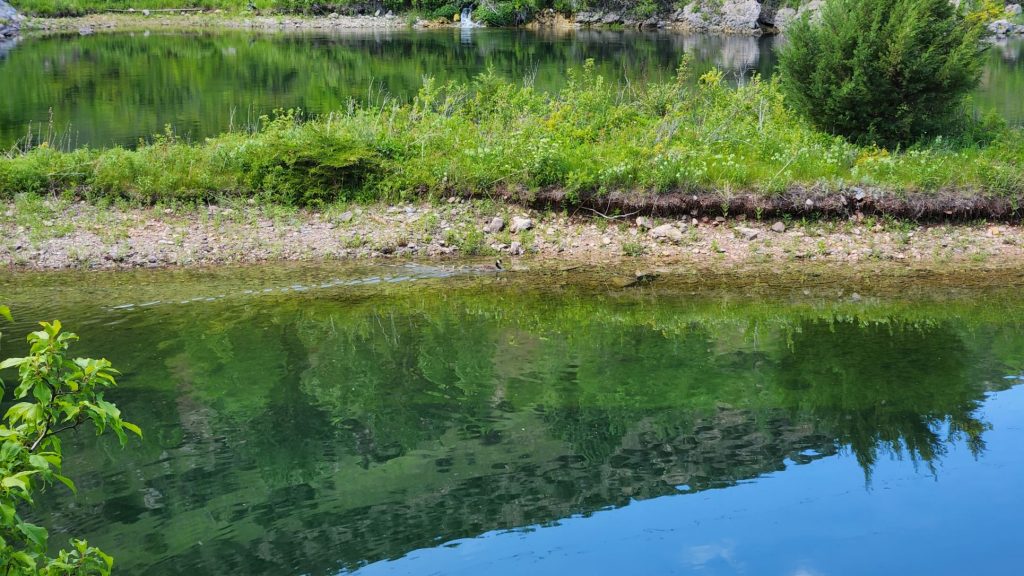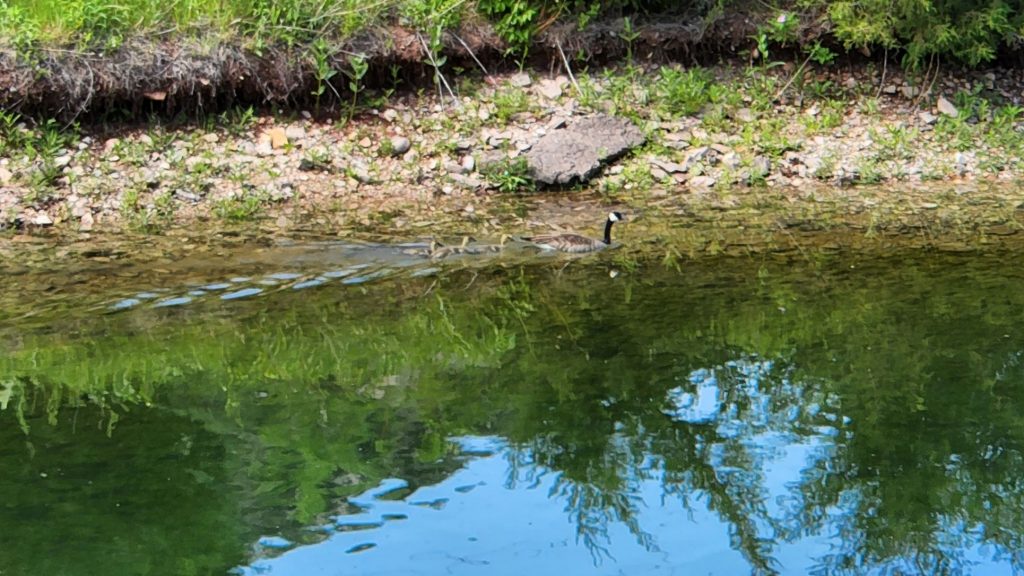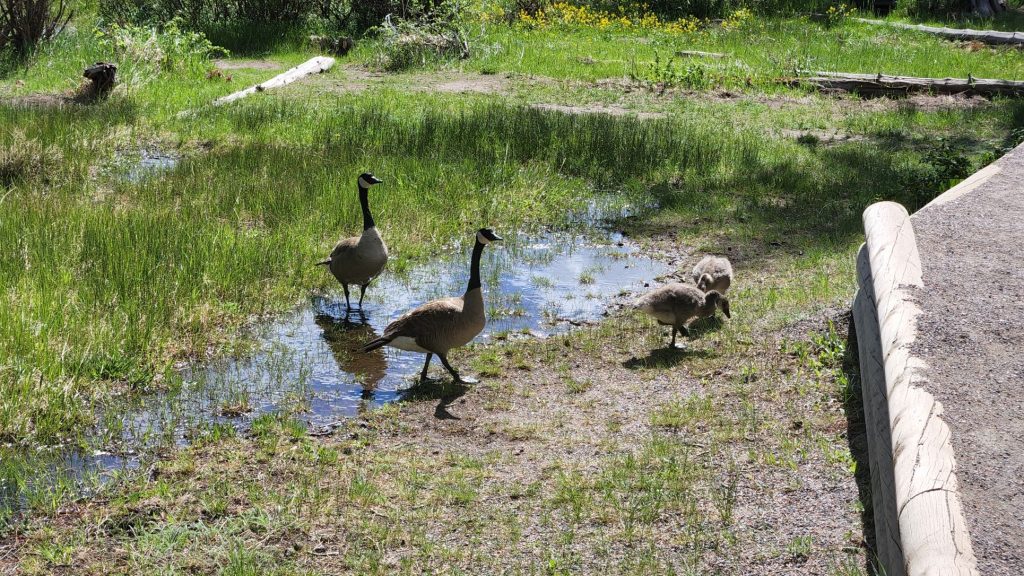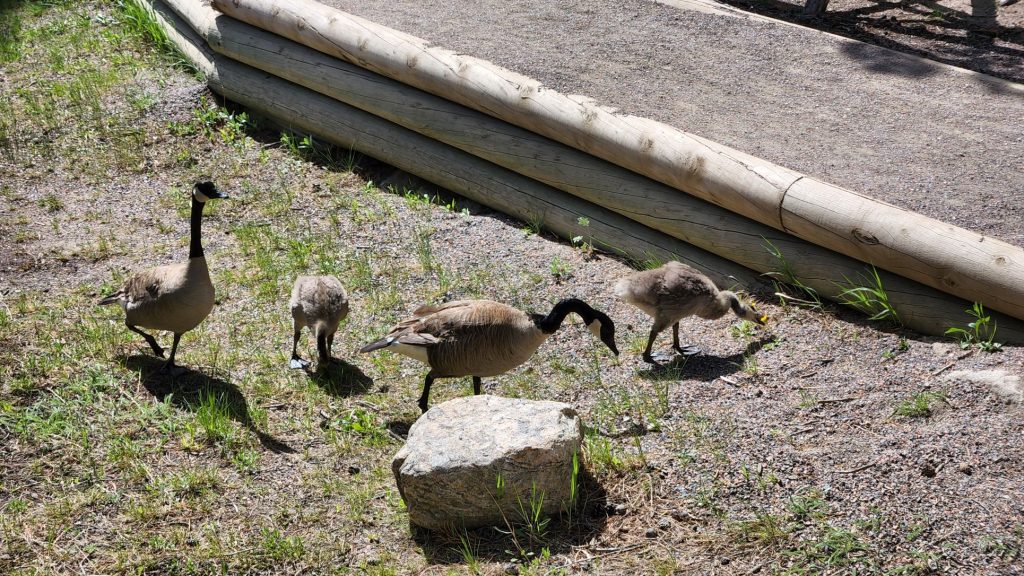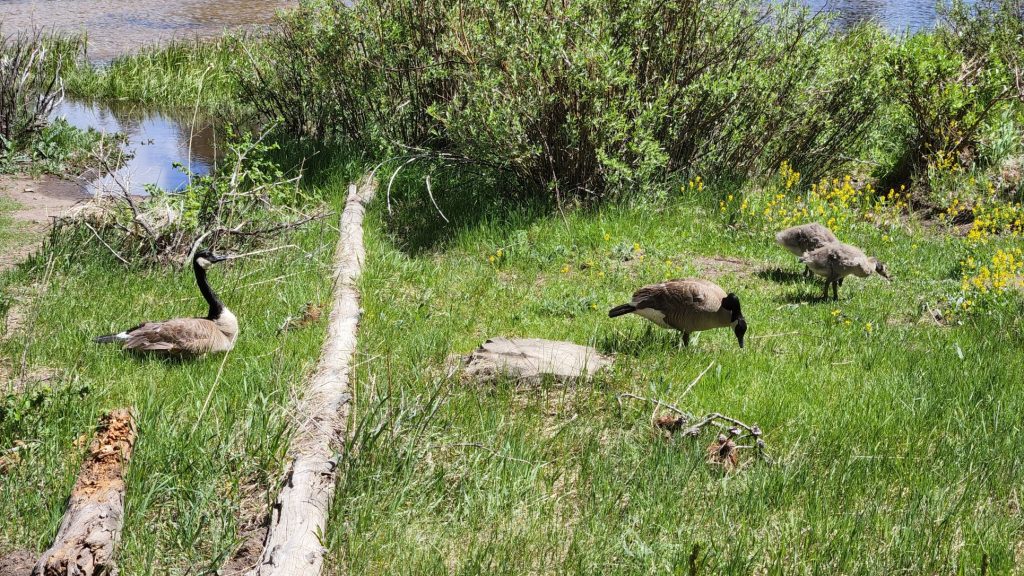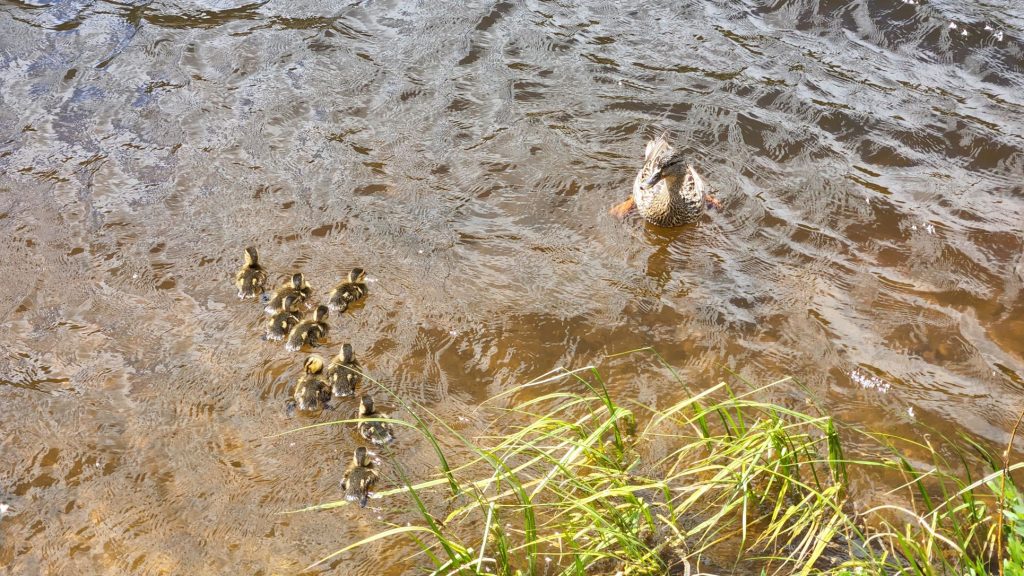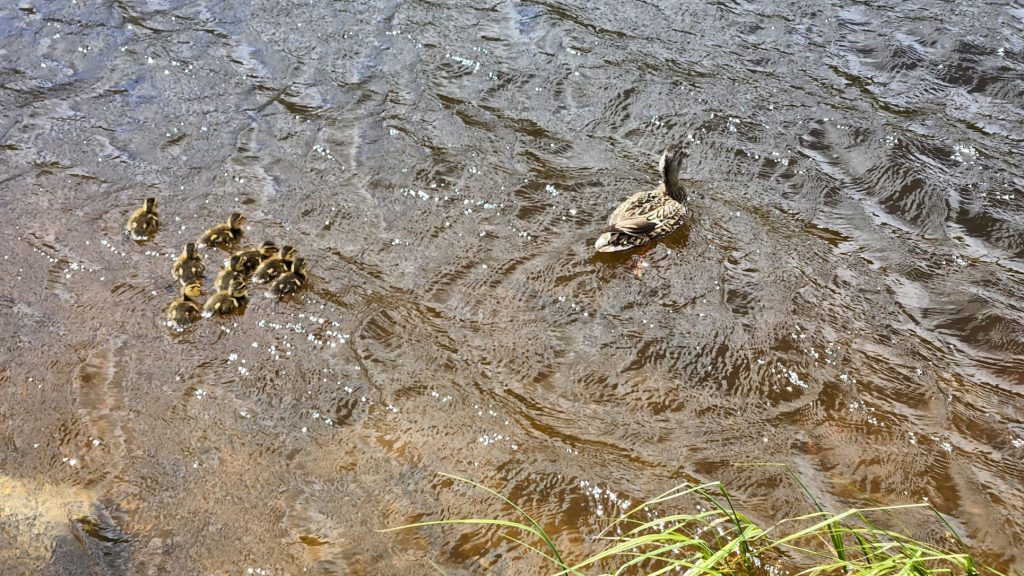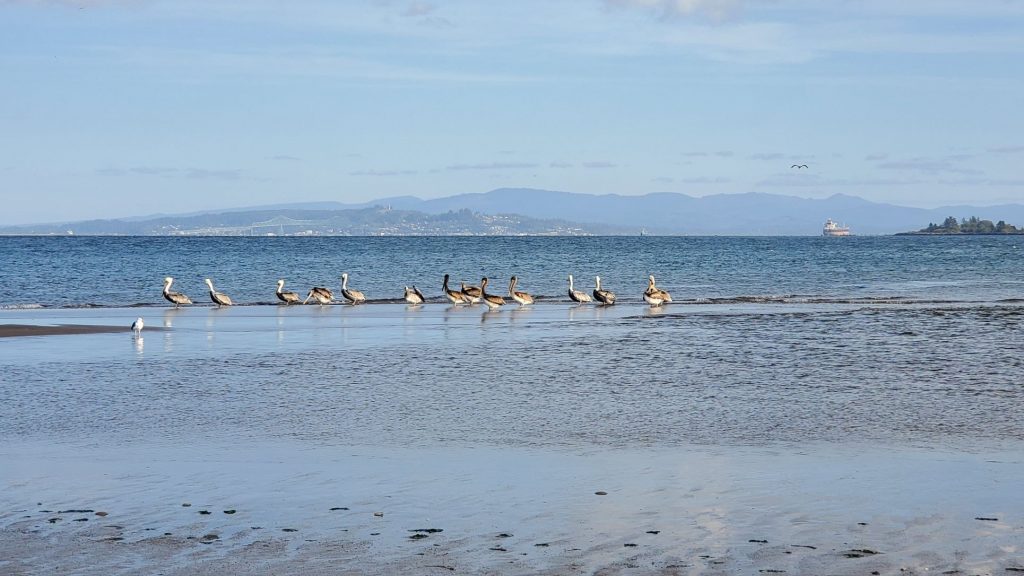Birds are Warm-Blooded Vertebrates (have a Backbone). They have feathers and beaks, wings instead of front legs or arms, and lay eggs.
Birds of Prey
Birds of Prey are predators that hunt other animals for food…birds, small mammals, reptiles, amphibians, fish and large insects. Birds of Prey have hooked-shaped beaks and specialized, powerful feet with sharp talons to catch and kill prey. This includes Raptors like eagles and hawks, which are diurnal and hunt during the day as well as Owls that are largely nocturnal, hunting at night. Although both are Birds of Prey Raptors and Owls are not closely related. Owls may seem “fluffier” than Raptors. They have special feathers that make their flight virtually silent. Owls also appear more bulky and less streamlined than most Raptors, as they are built for short and strong bursts of flight; rather than the soaring flight of hawks or eagles.
Raptors
We have mostly seen seen Raptors from a distance, like when we saw some of the endangered California Condors soaring above us, at High Peaks in Pinnacles National Park. We saw an Eagle in a nest in Everglades National Park and saw a pair of Bald Eagles in the Channel Islands National Park.
Owls
The closest we’ve seen an Owl, was the Spotted Owl we saw right outside our living room window! Otherwise, they are a bit difficult to see up close. We did see a Great Spotted Owl in the rafters at Casa Grande Ruins National Monument in Arizona.
Birds of the Everglades
We probably saw half of all the Birds we’ve seen up close, on 3 days exploring in Everglades National Park. Still figuring out what they all were! There are so many Bird Species in the Everglades.
Perching/Song Birds (Passeriformes)
Perching/Song Birds include more than half of all Bird Species: Ravens, Crows, Sparrows, Finches, Blackbirds, Bluebirds, Nightingales, Robins, Starlings, Wrens, Blue Jays, etc. etc. etc. They are distinguished from birds by the arrangement of their toes (three pointing forward and one back), which facilitates perching.
Gulls
We do like to spend time on the ocean, so we see a lot of “Seagulls“…they are actually, just . The best sightings, were the Western Gulls we saw visiting the Islets of Anacapa in the Channel Islands National Park. Anacapa hosts the largest protected breeding colony of Western Gulls in the world. But, of course, we have “Seagulls” from other visits to the ocean, too.
Heavy-bodied Ground-feeding Birds (Galliformes)
Heavy-bodied ground-feeding Birds include Turkeys, Chickens, Pheasants, Partridges, Grouse, Ptarmigan, Quail, Peacocks, etc. etc. etc. They are important as seed dispersers and predators in the ecosystems they inhabit, and are often reared by humans for their meat and eggs, or hunted as game birds. So we have seen many in the wild, many domesticated, some “in between???” (are Roosters roaming the streets of Key West, “in between?) We thought we had seen a Ptarmigan at Mount Rainier NP, but it was actually a Sooty Grouse!
Duck, Duck, Goose (and Swans)
Who hasn’t seen any ducks, geese or swans?
Pelicans
Biggest bunch of Pelicans we’ve seen was actually on the Northwest corner of Oregon!
Other ANIMAL ENCOUNTERS!
